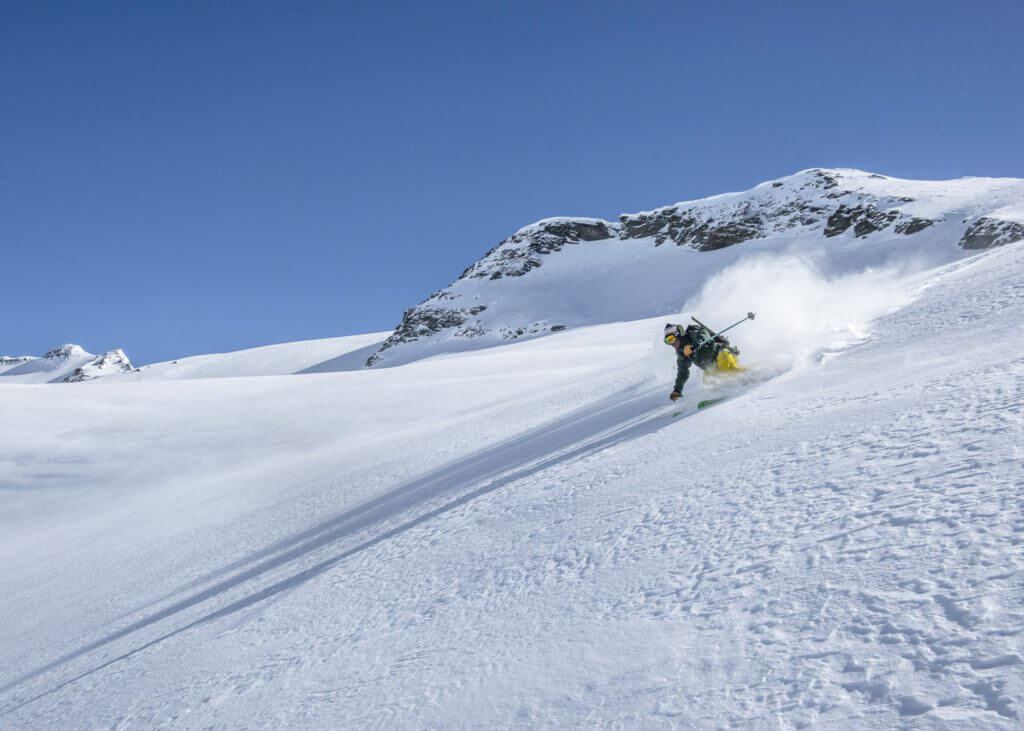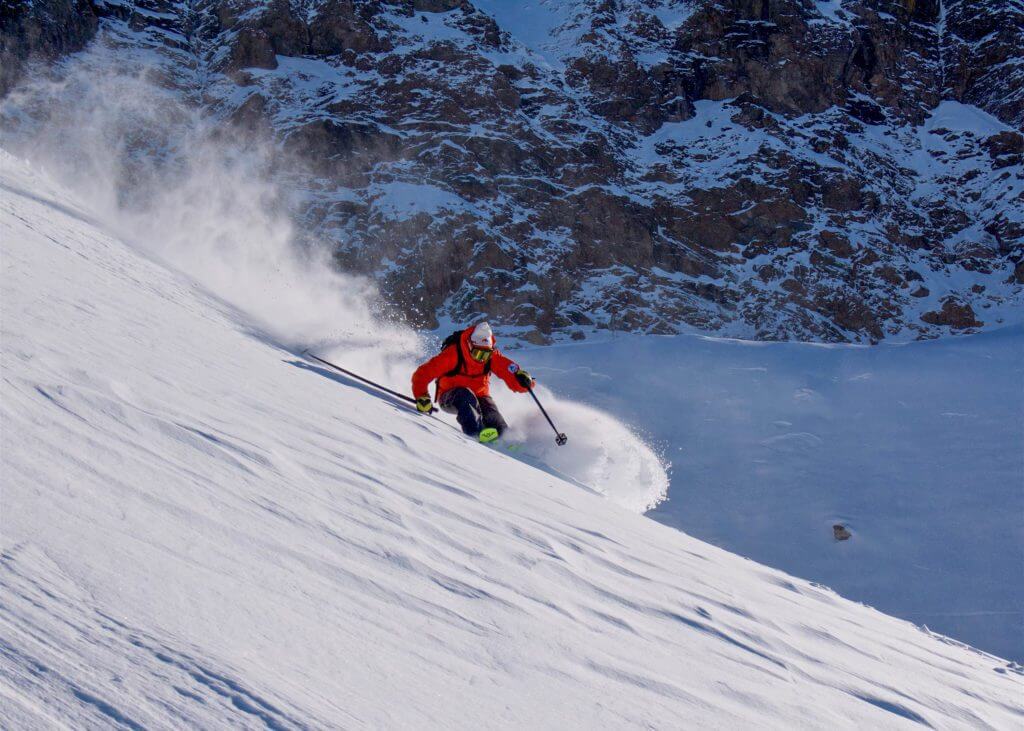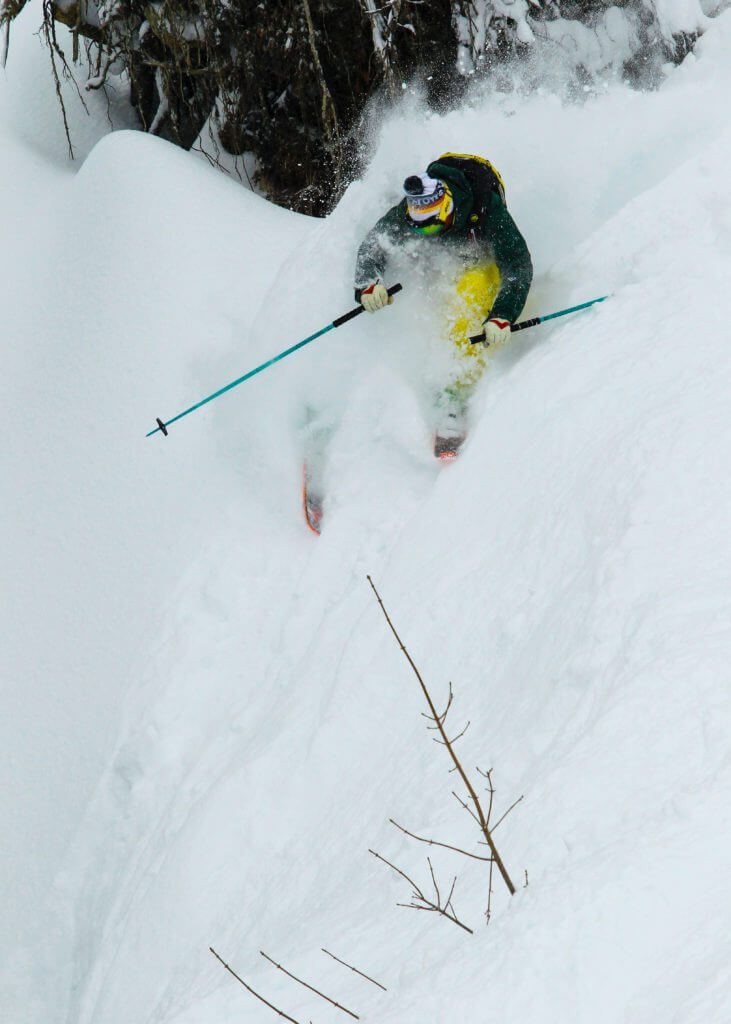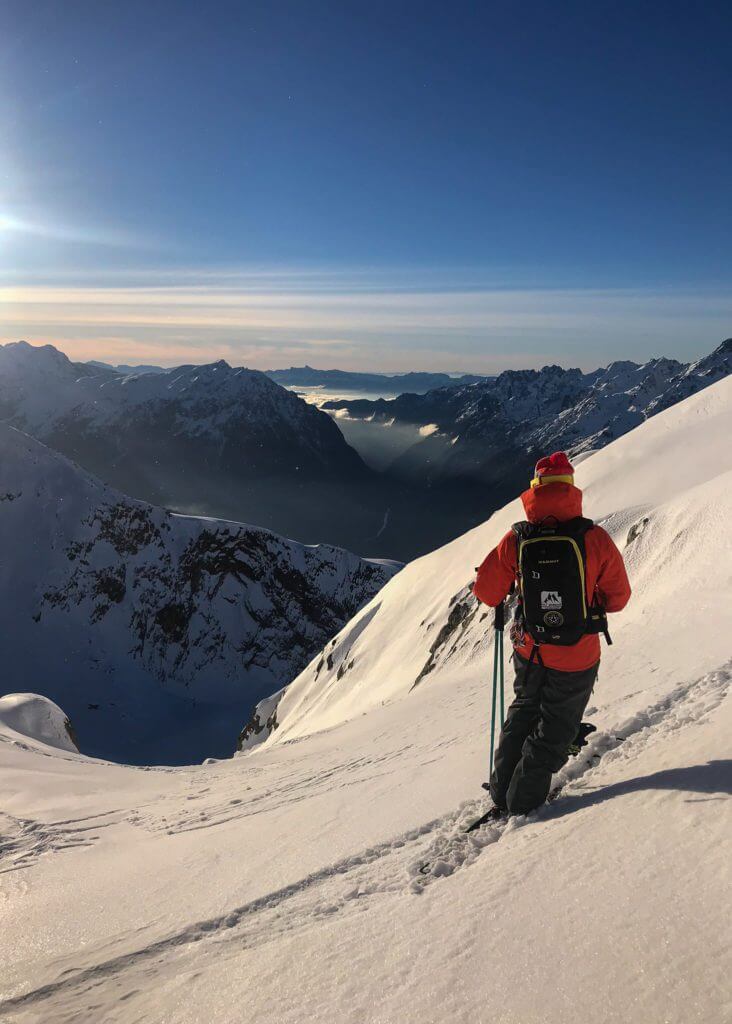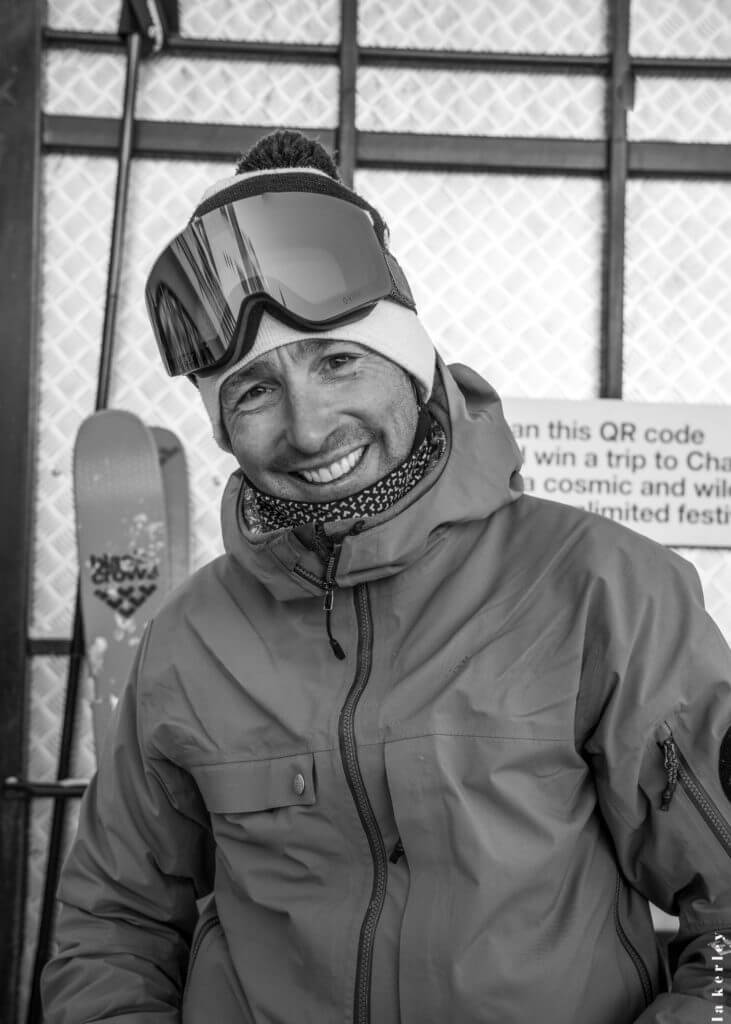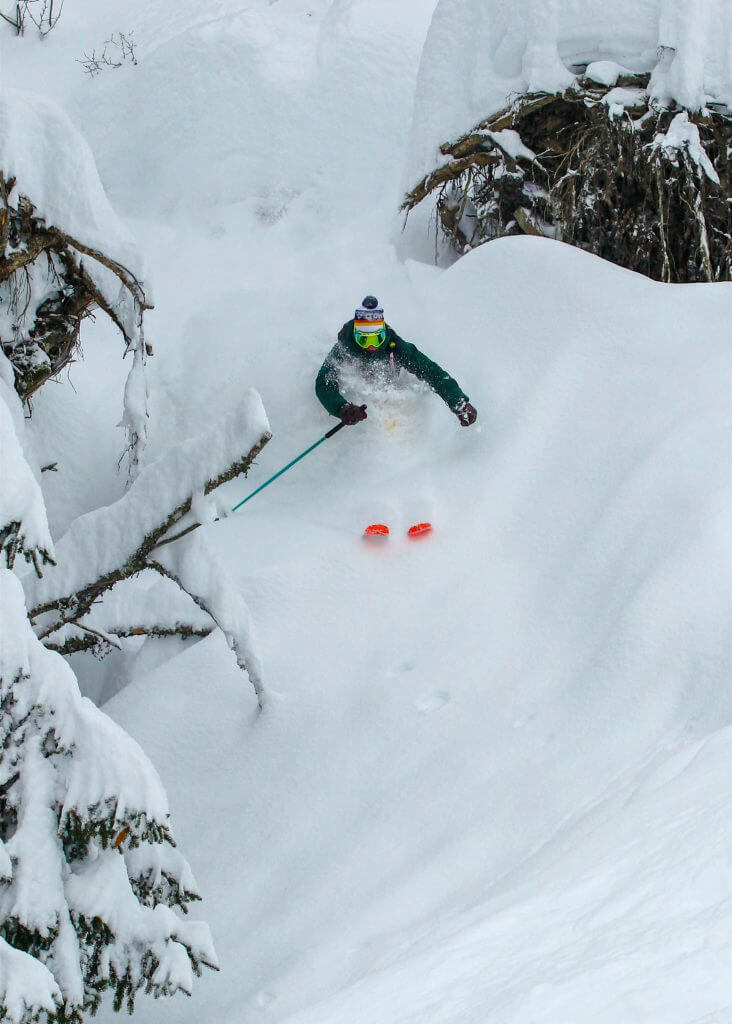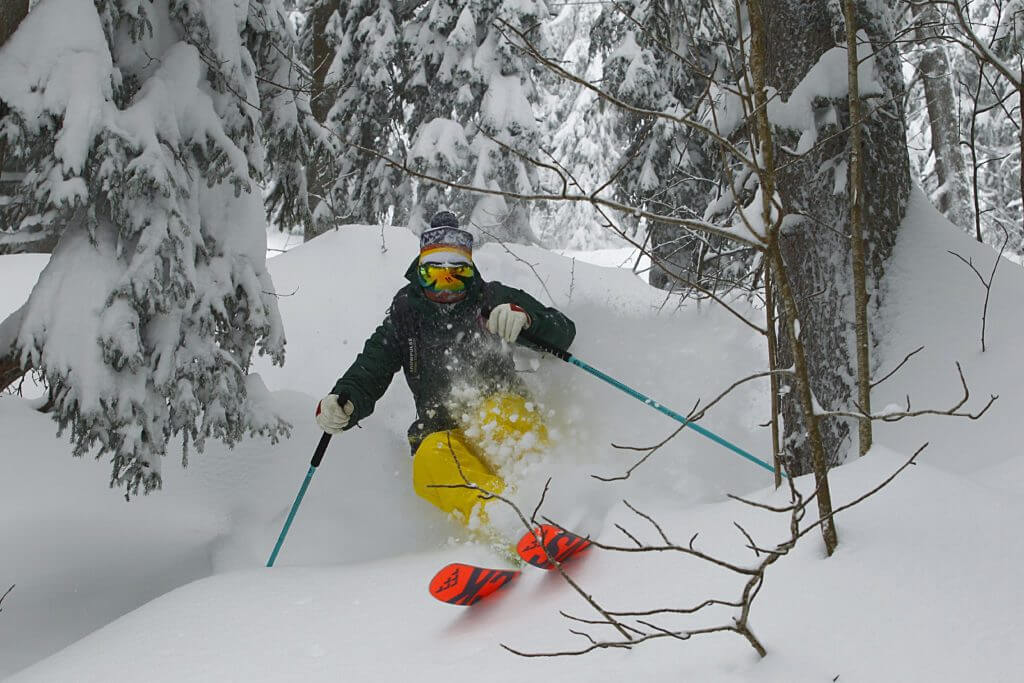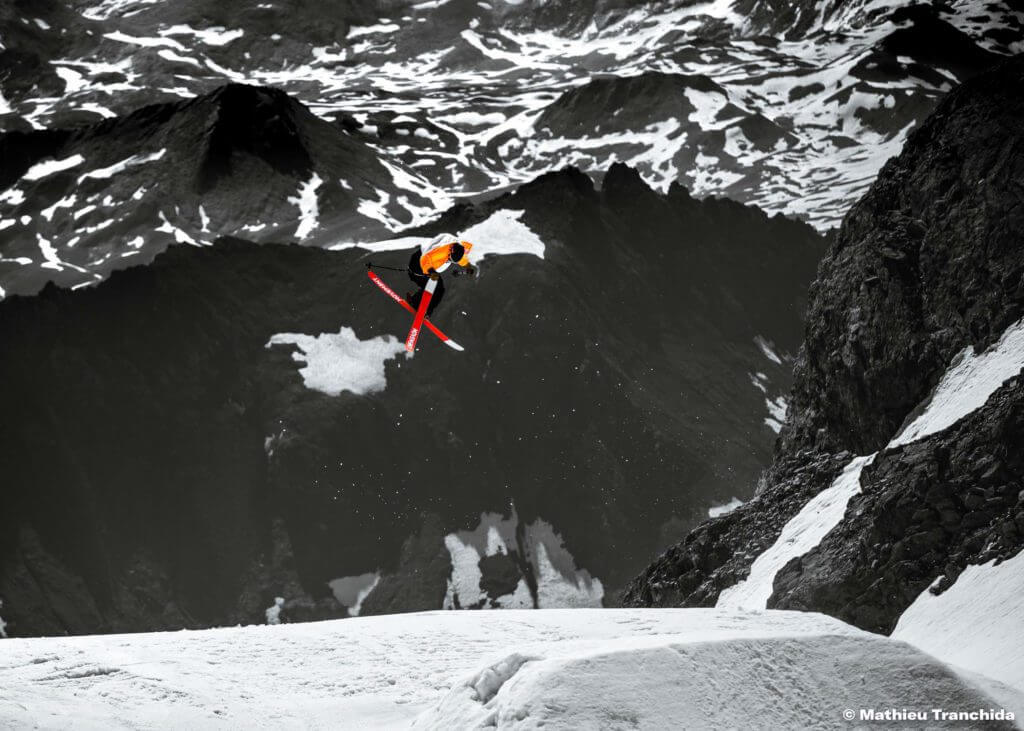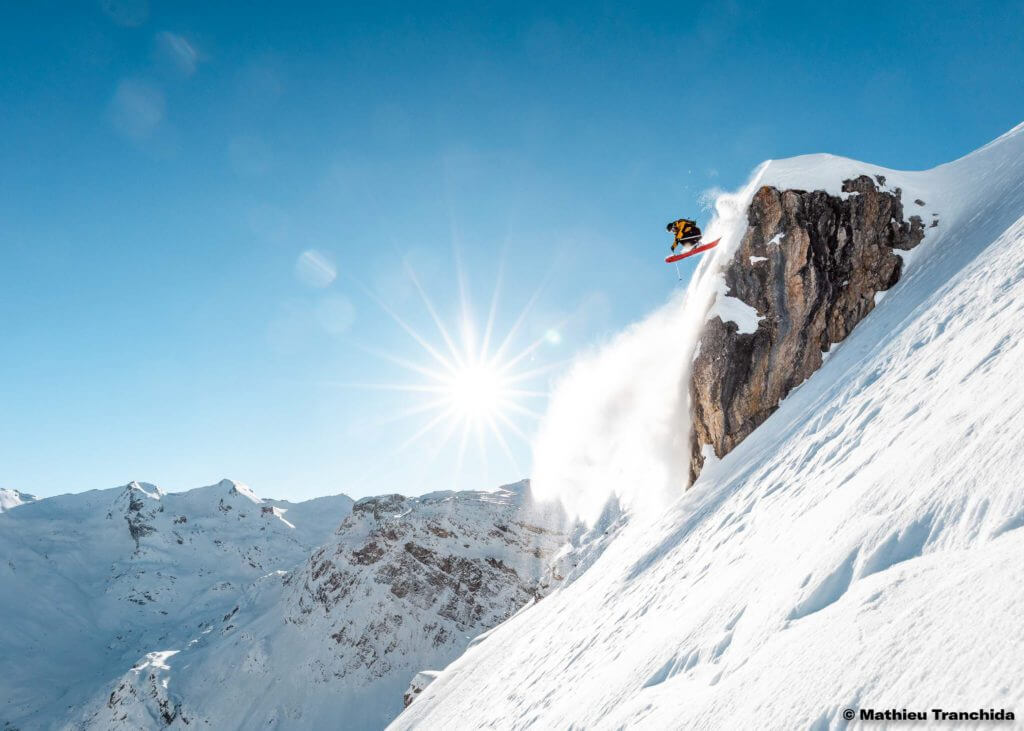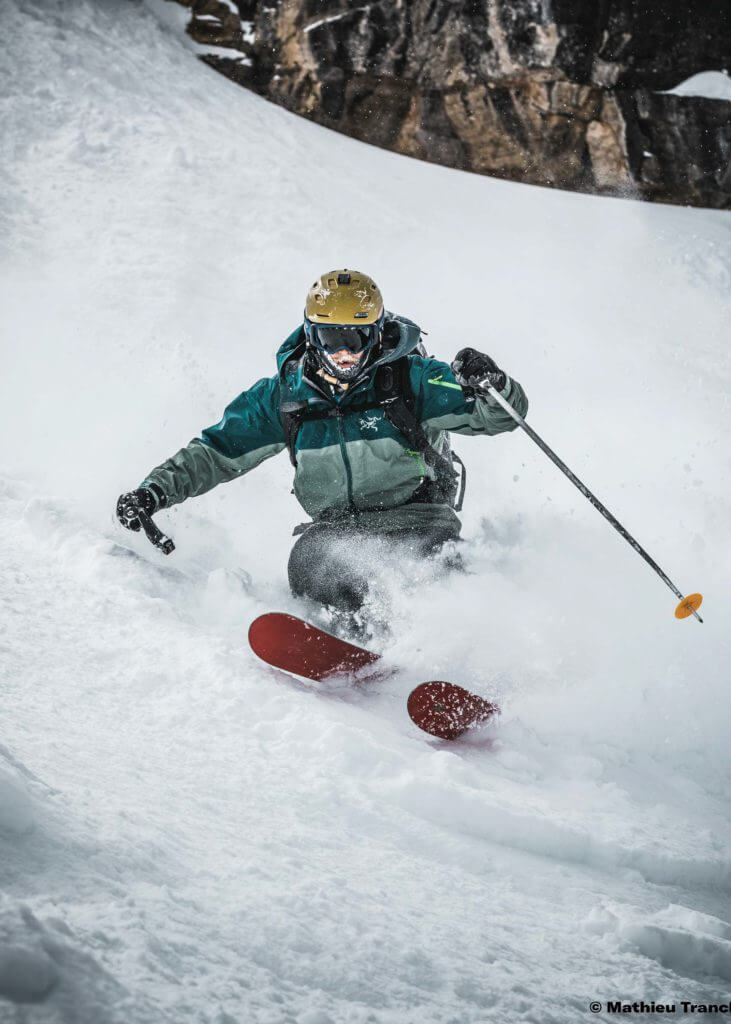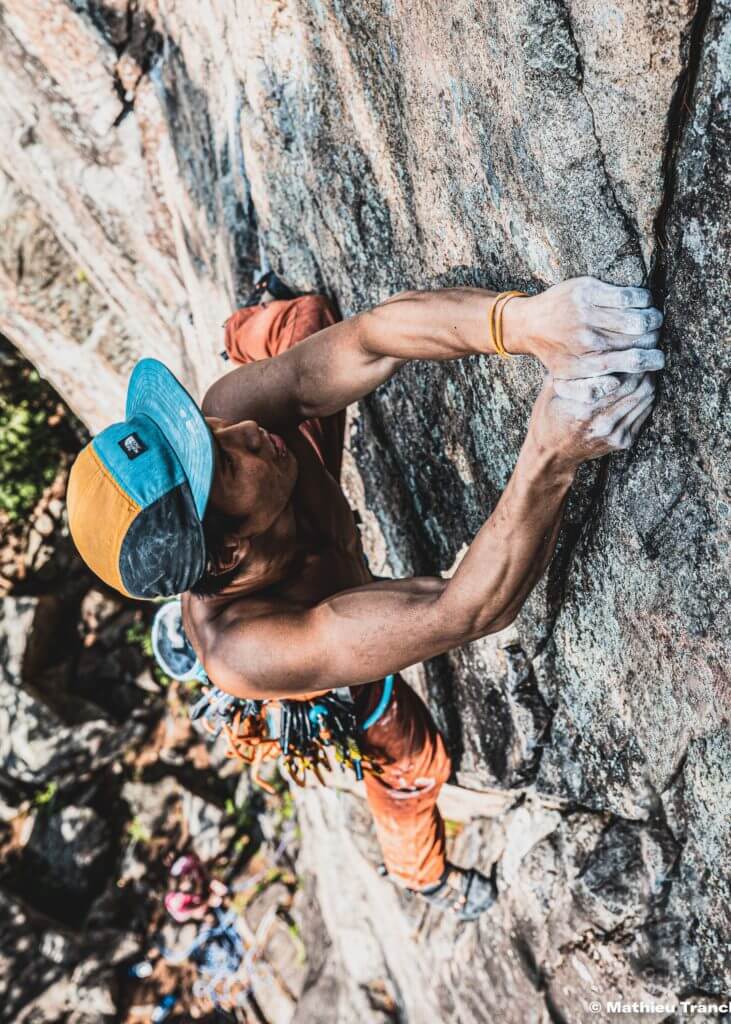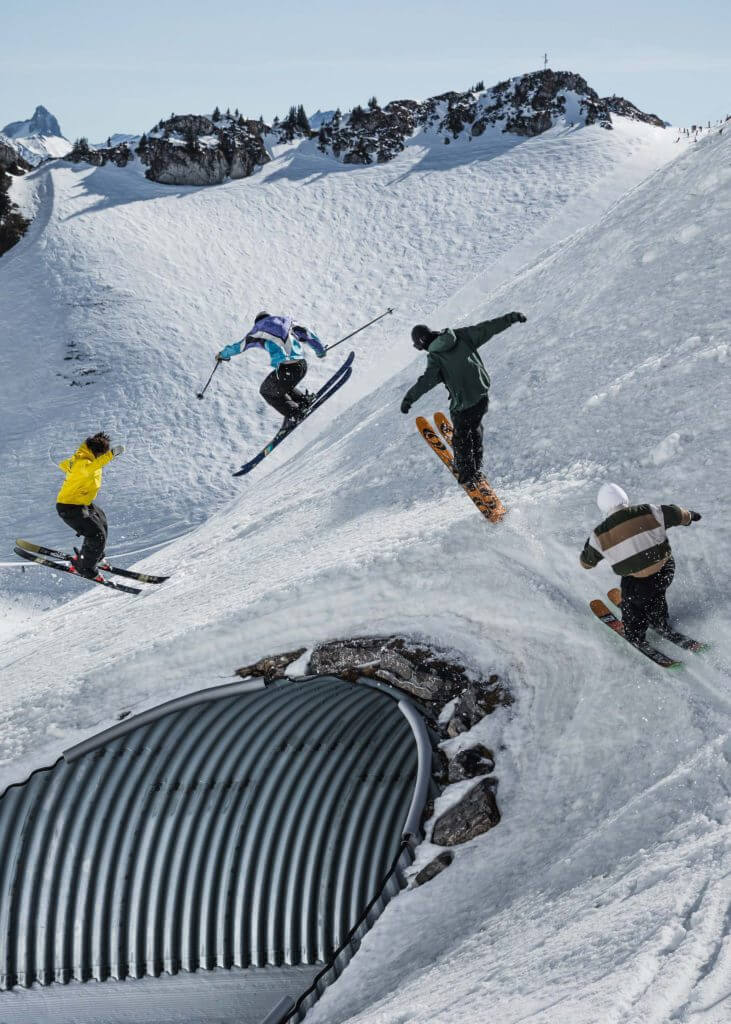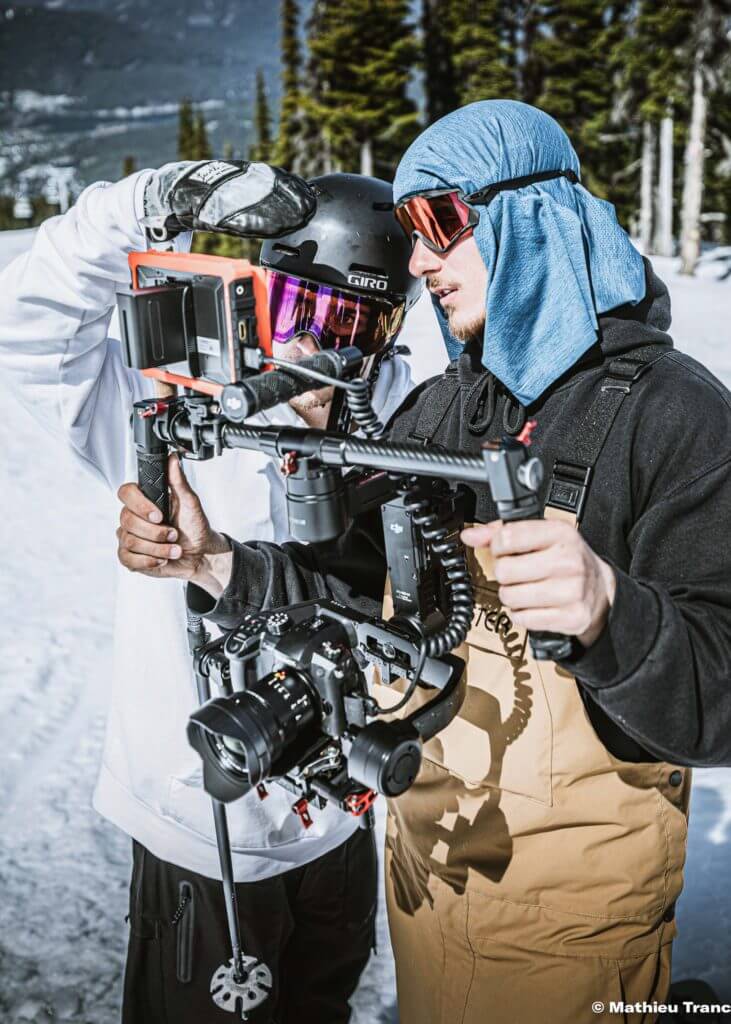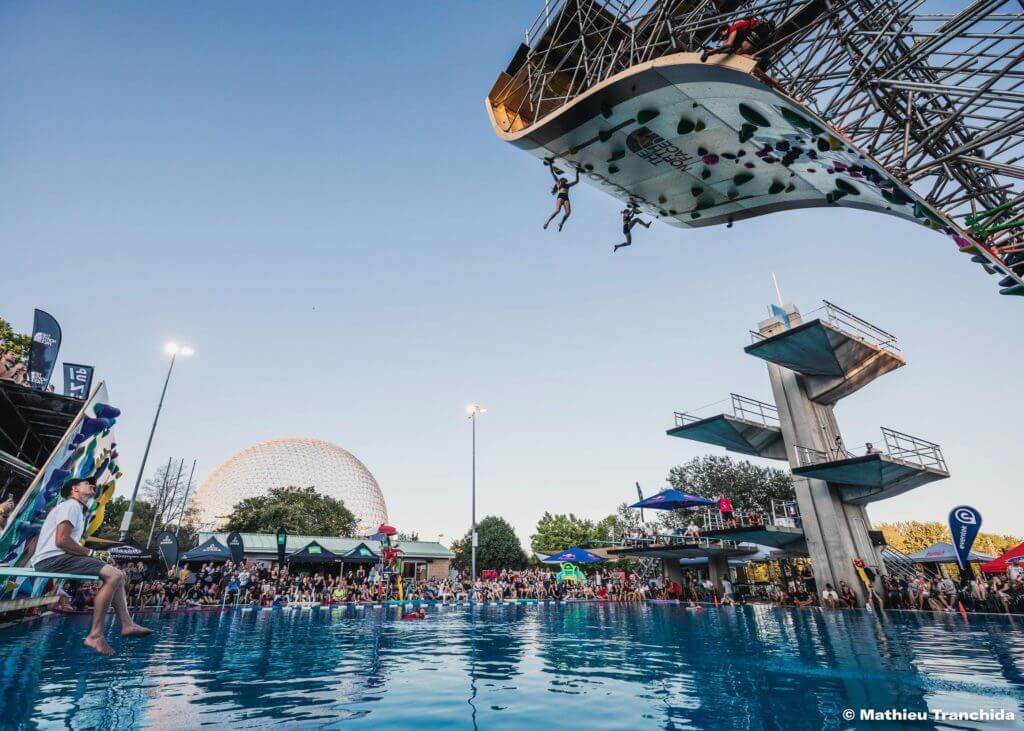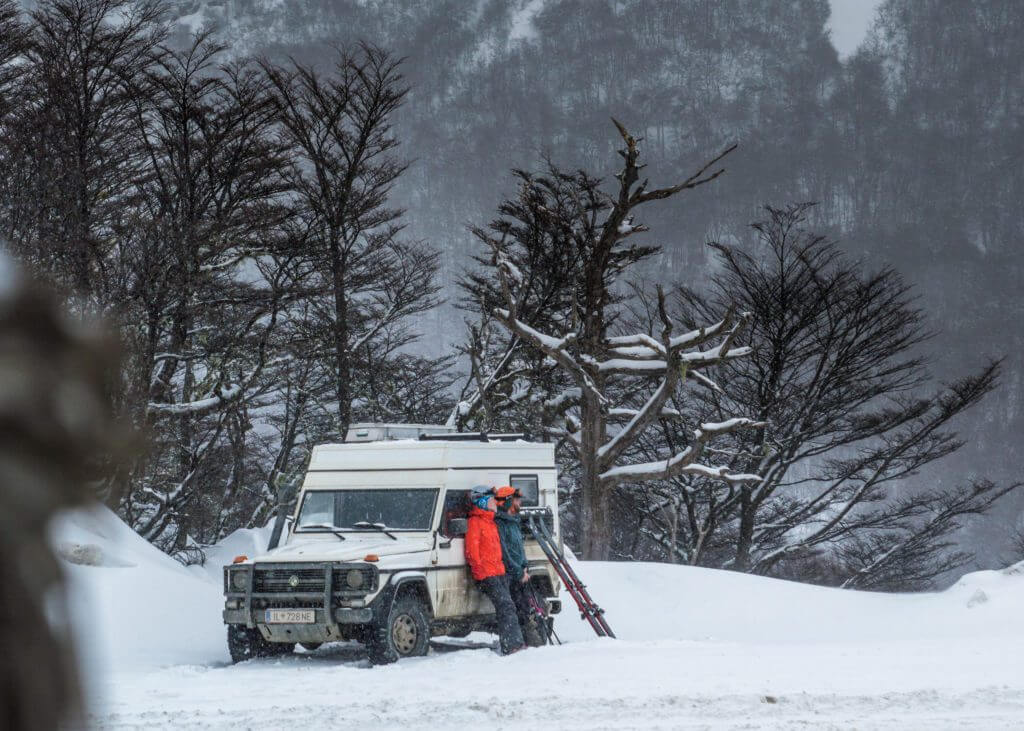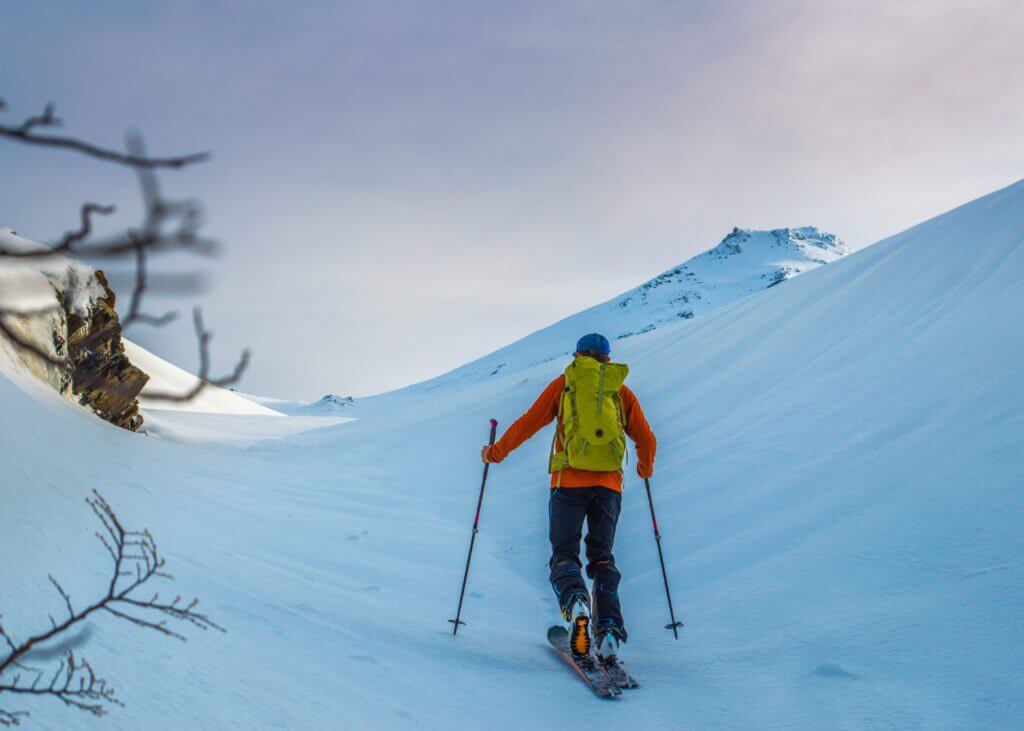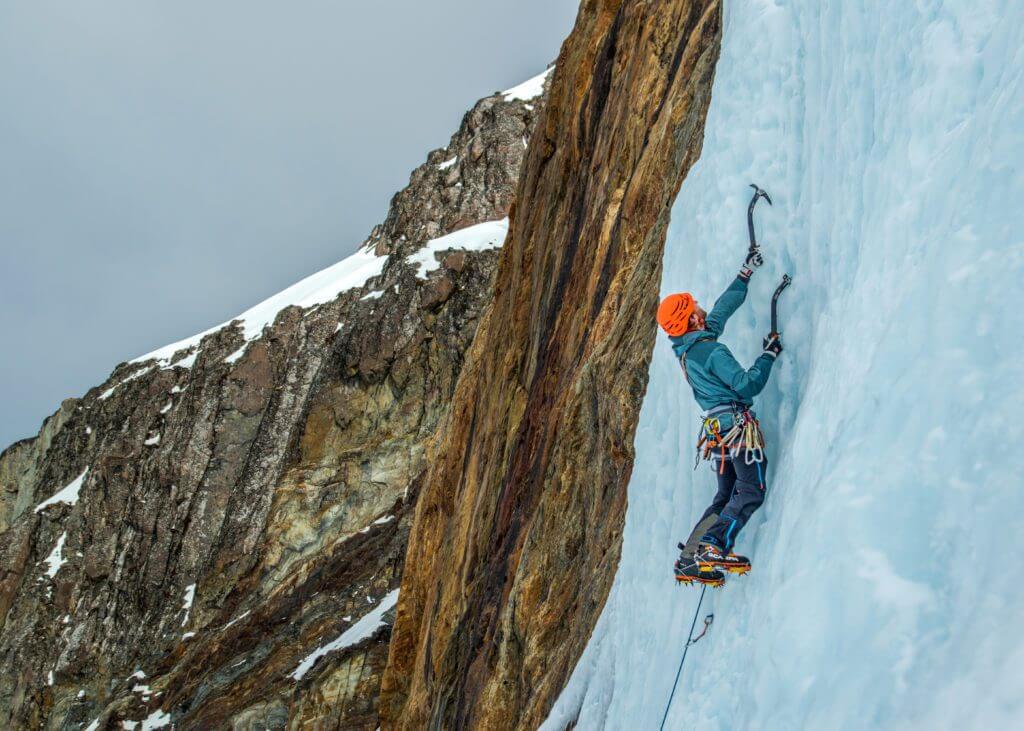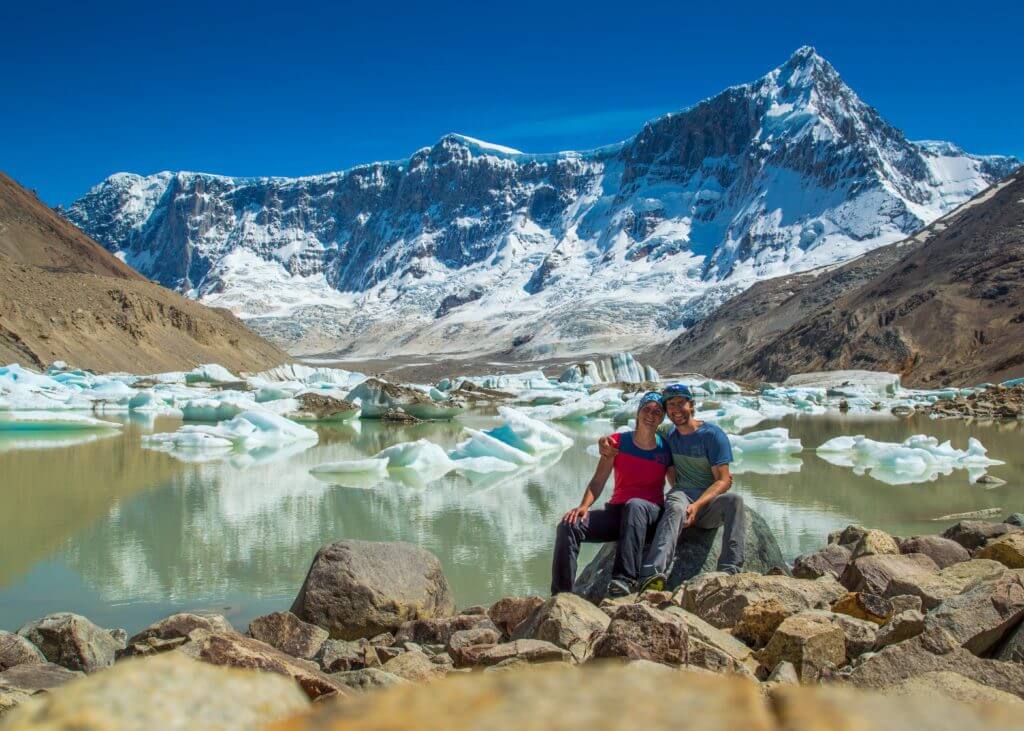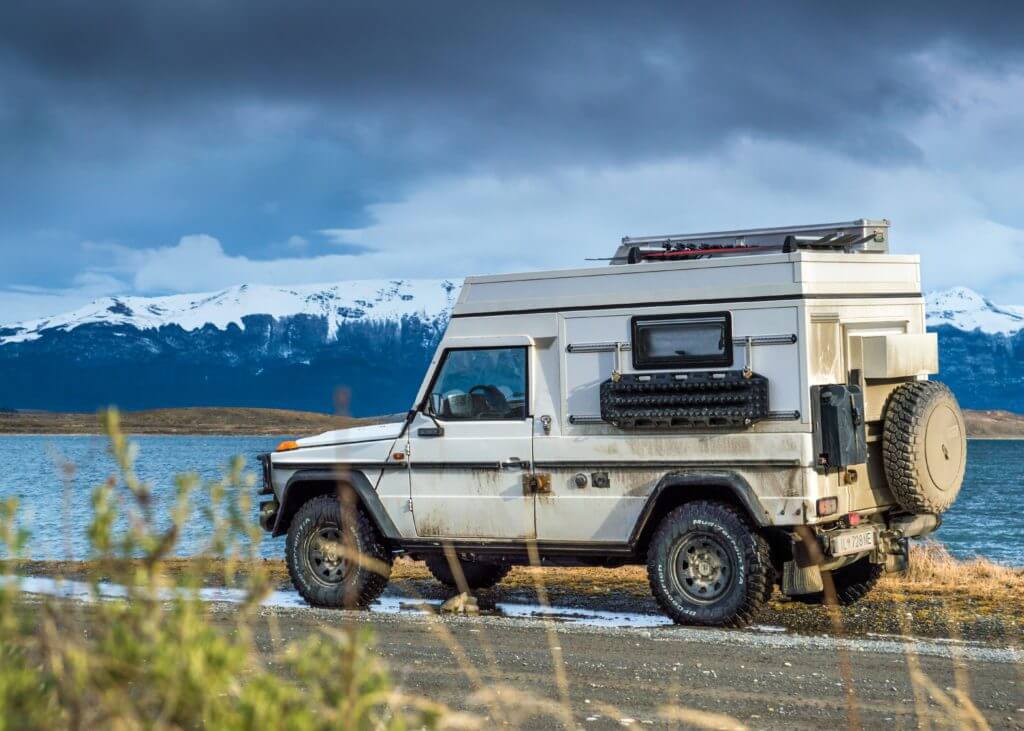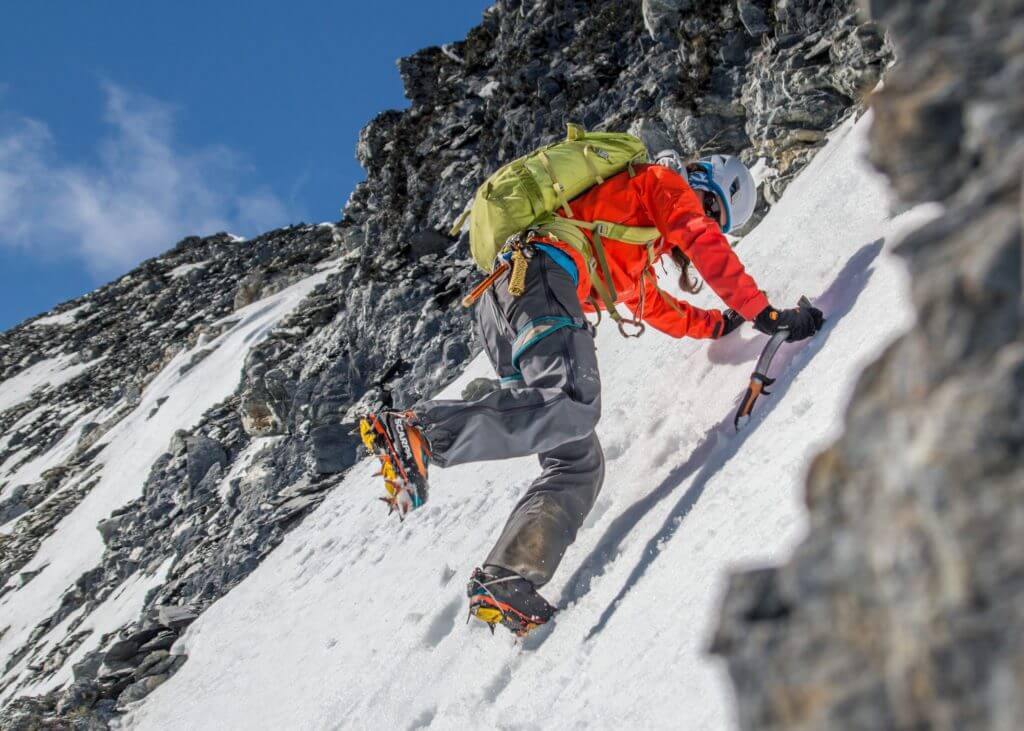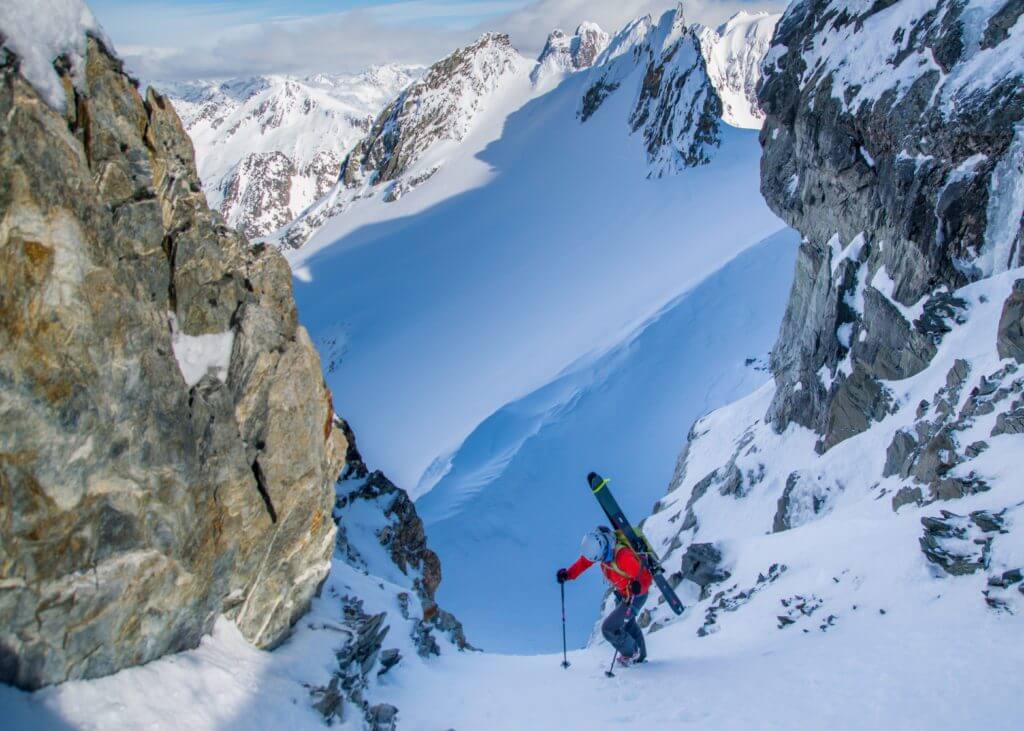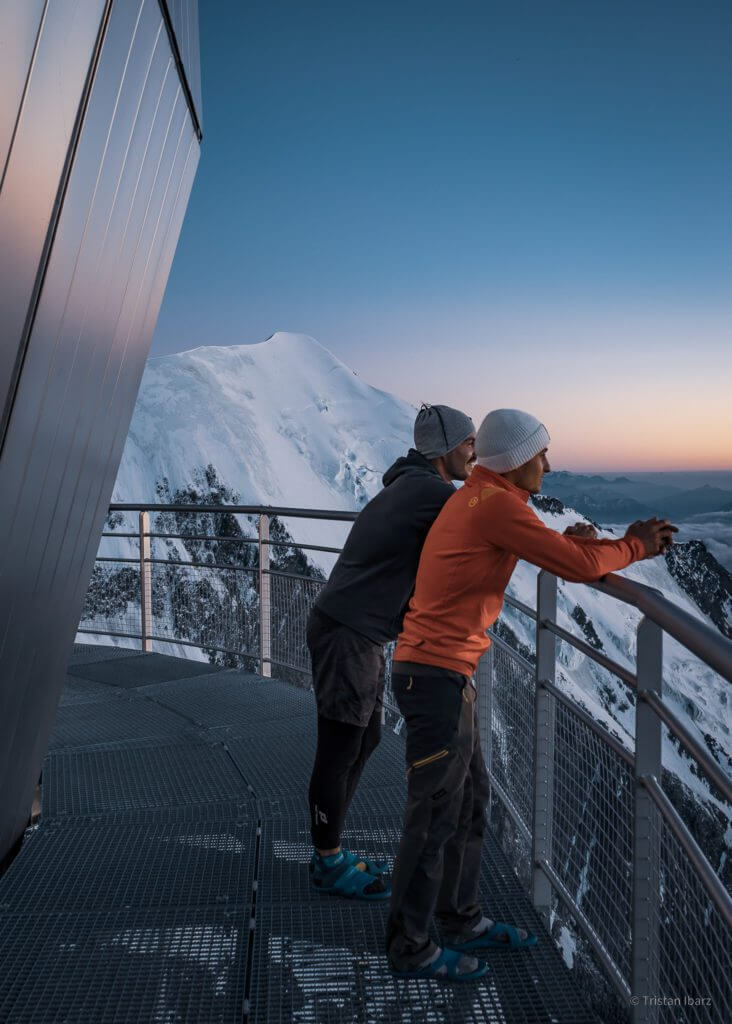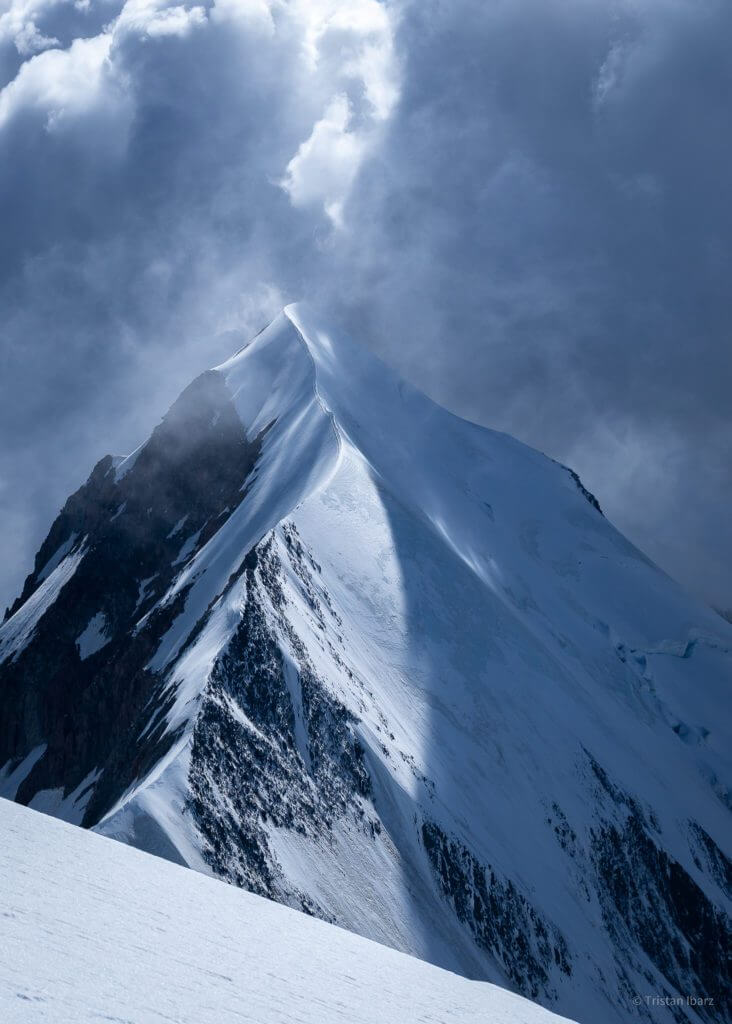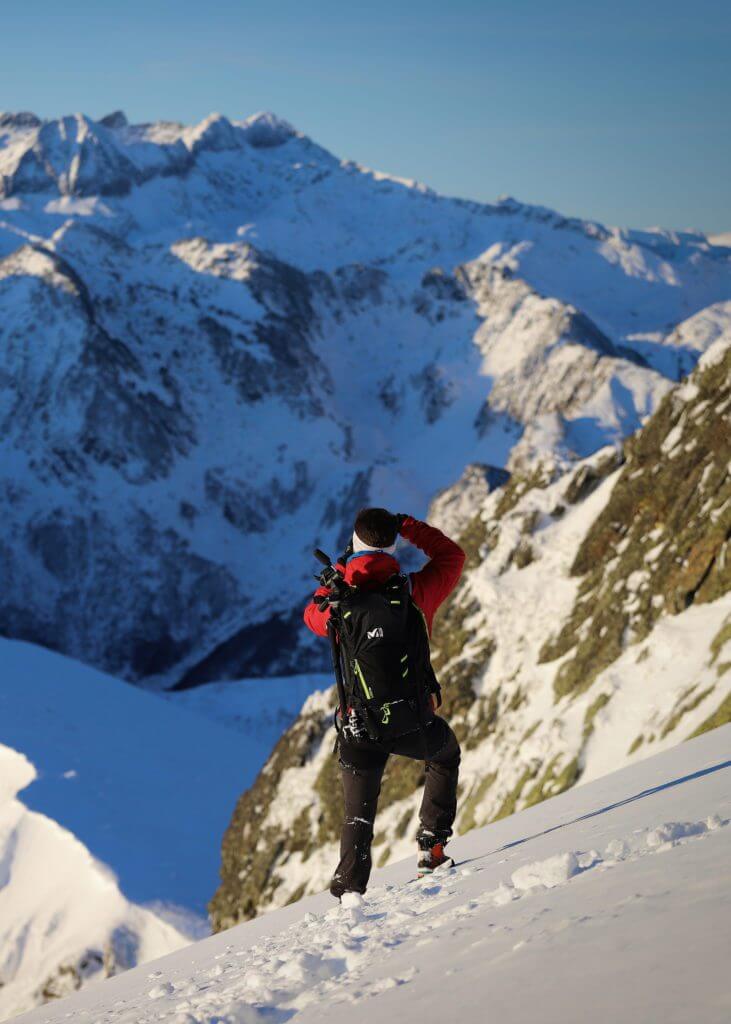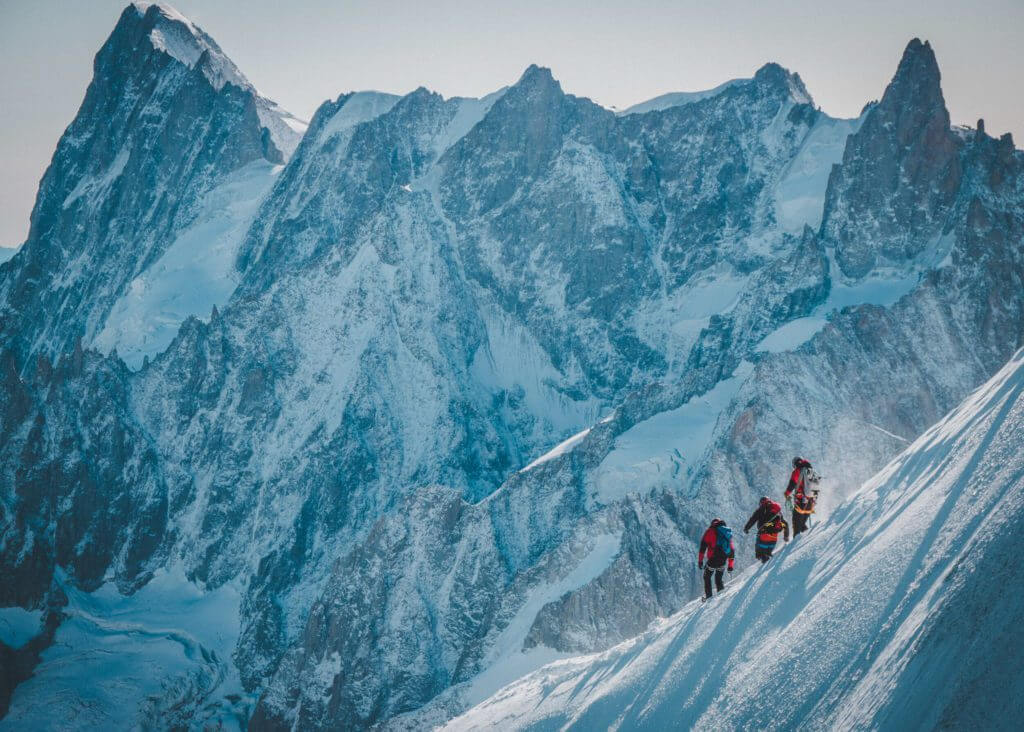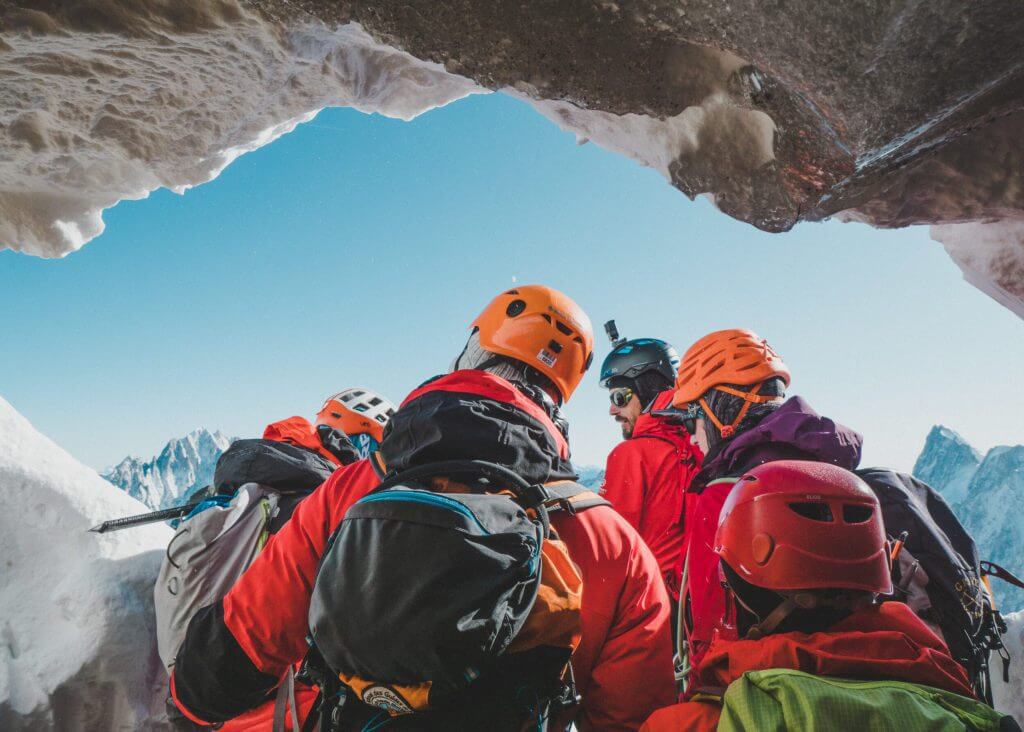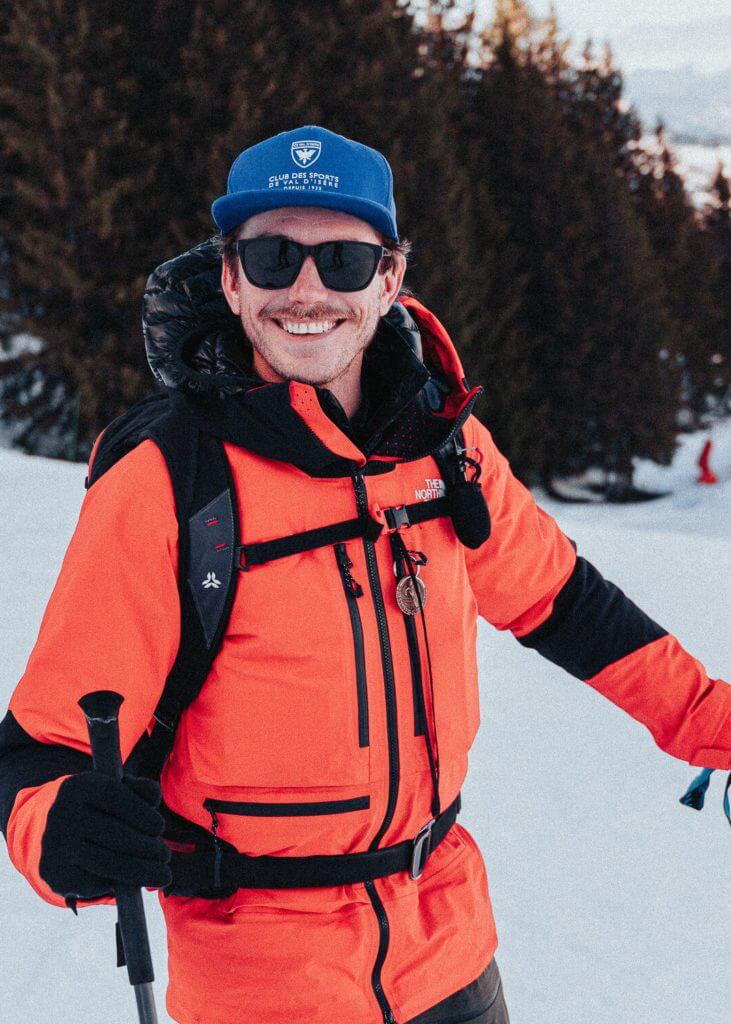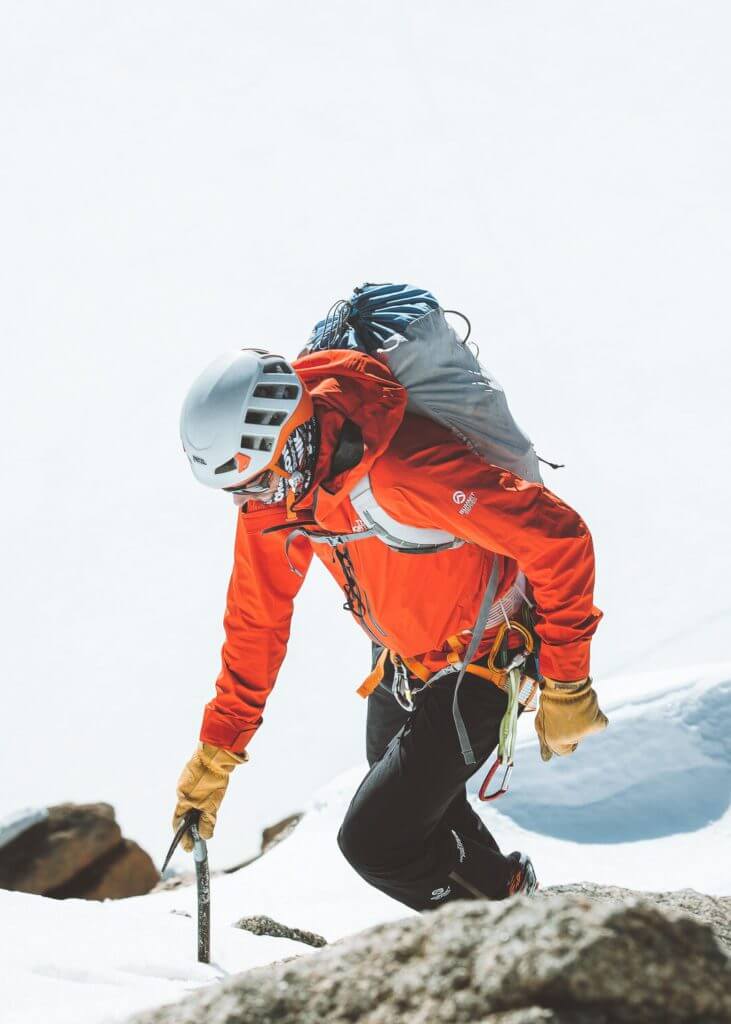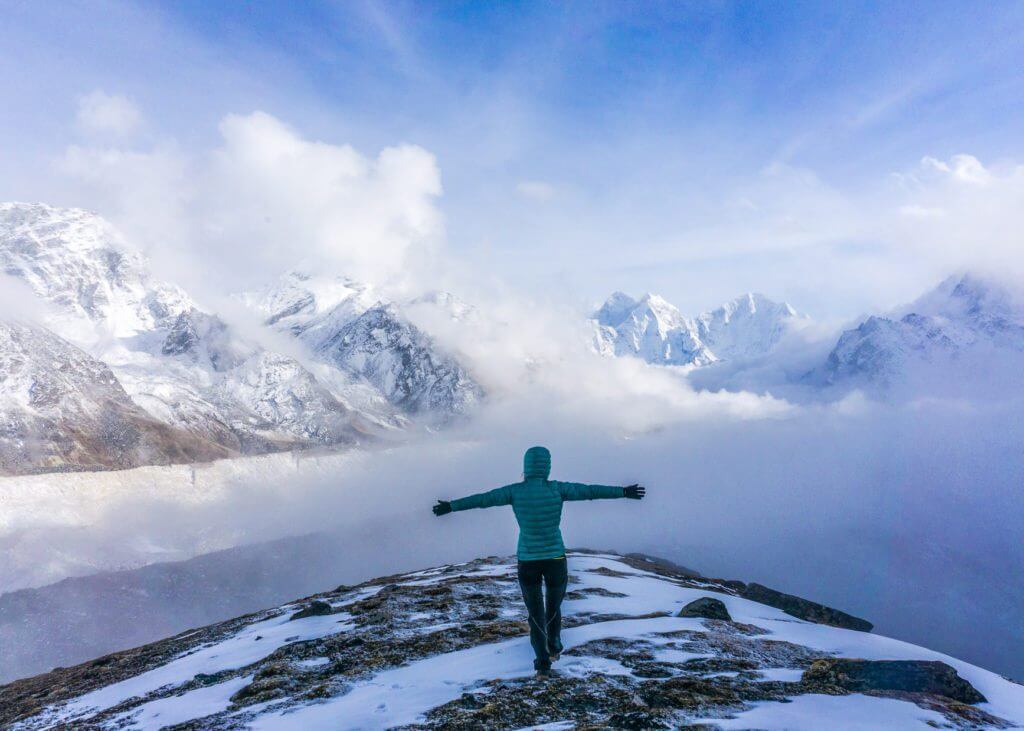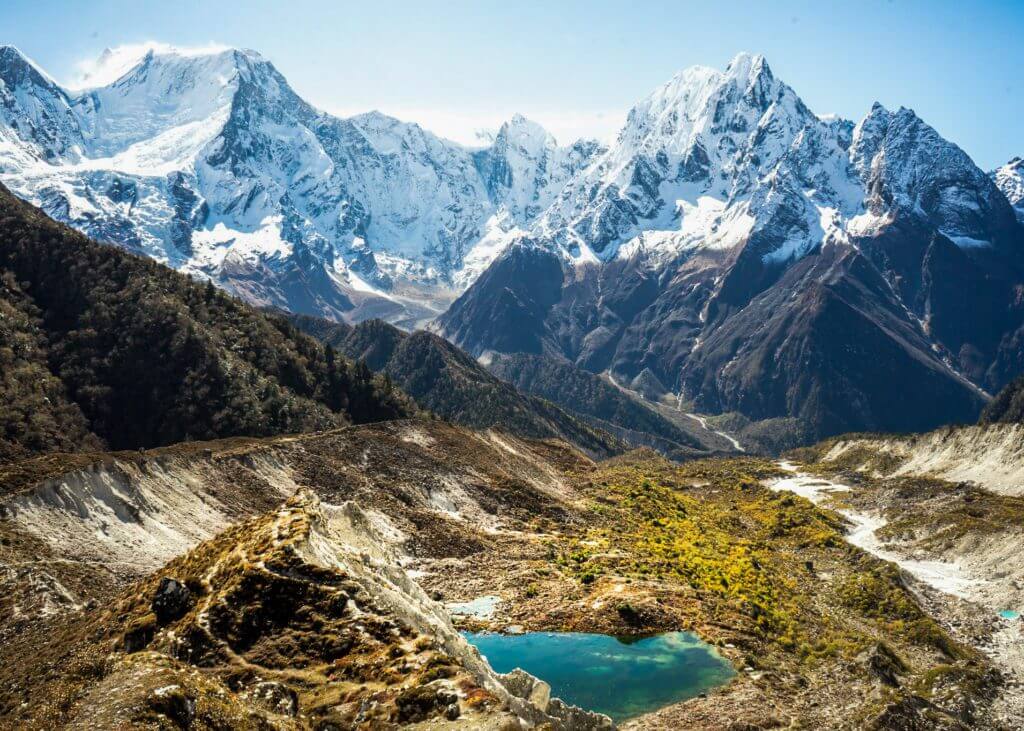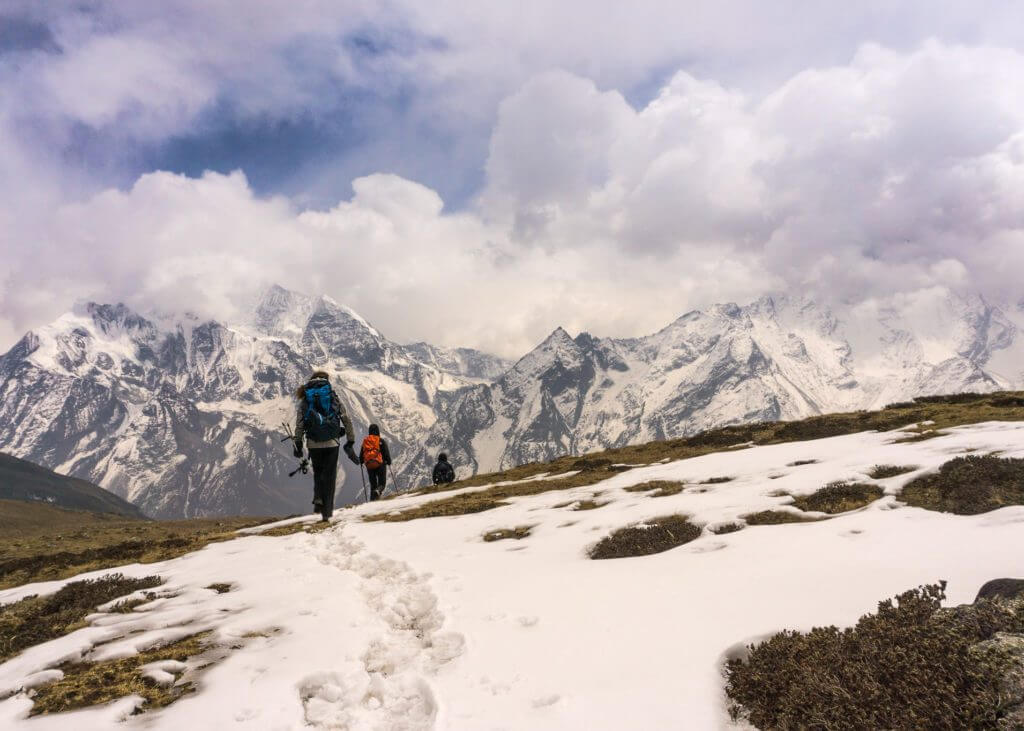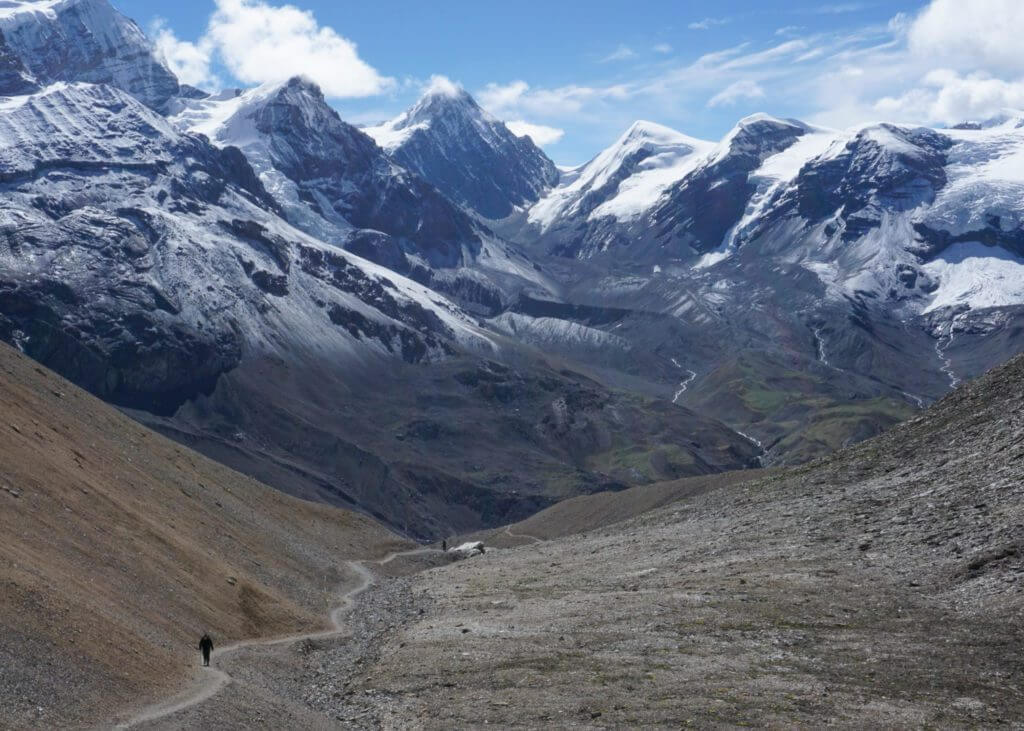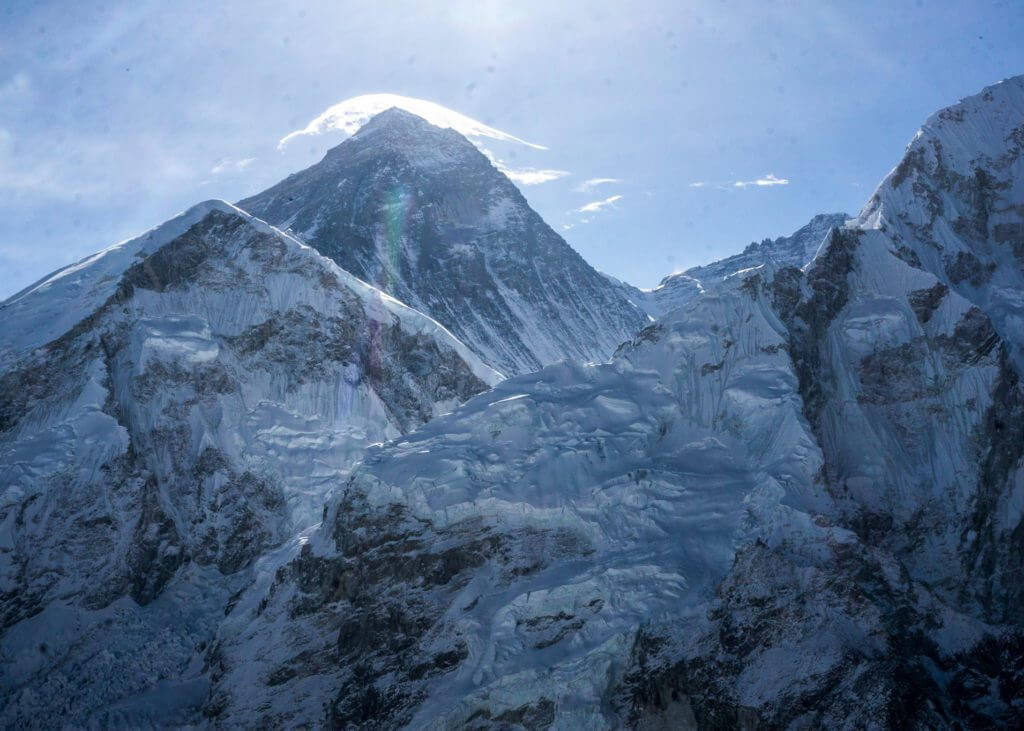Snowdon is the highest mountain in Wales. At 3,560ft / 1,085m, it dominates the region. While you may already know this, how much do you know about Snowdonia and the other peaks Wales has to offer?
After hours of walks and after going through numerous research sites and books, you will learn more about Snowdon, Snowdonia, the top 25 mountains in the regions, and the best walk to the summits. Hopefully, it will help you plan your next hiking trip!
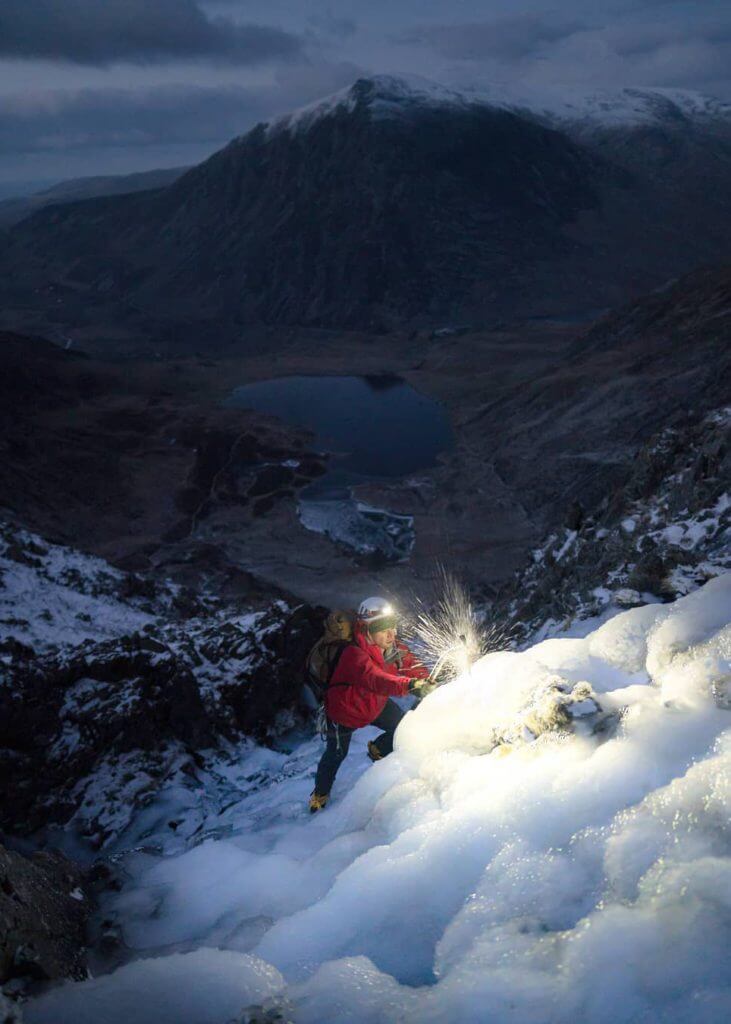
credits: @eilir30 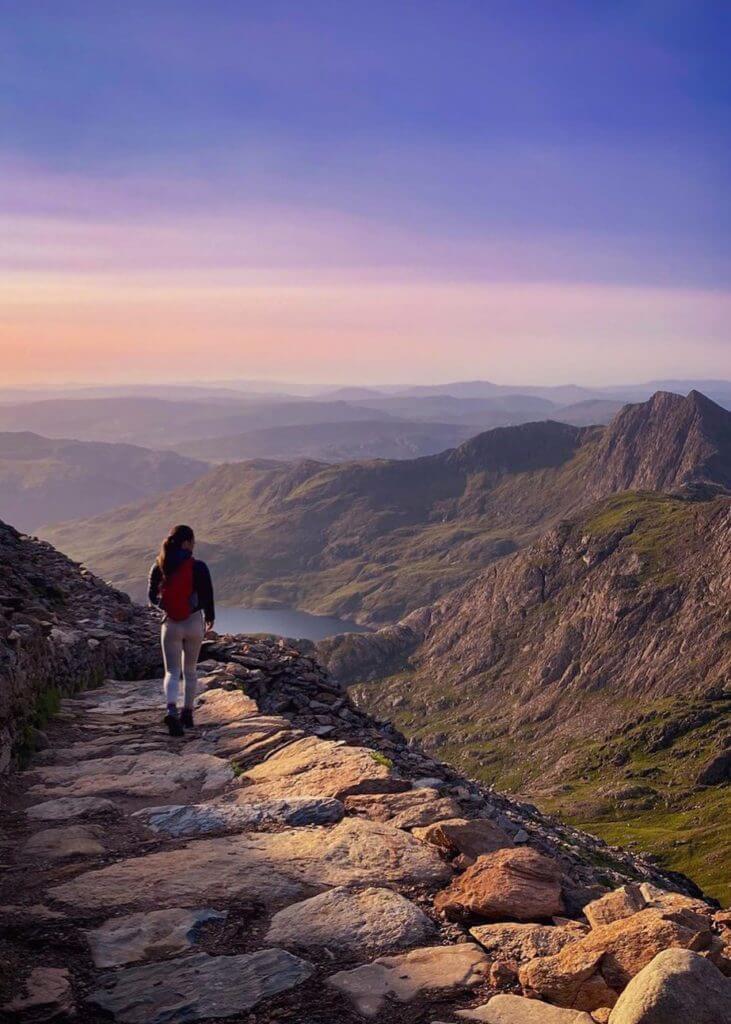
credits: @natalieamythomas
Snowdon / Yr Wyddfa, the King of Snowdonia
What to expect on Snowdon
As previously mentioned, Snowdon is the highest mountain in Wales. It is located in the north of Snowdonia national park. The mountain is home to an incredible ecosystem of rare plants and animals. One of those unique flowers is the Snowdon Lily, which can only be found in Snowdon. It is a protected species.
The mountain has some magnificent lakes like Llyn Llydaw, Glaslyn and Llyn Teyrn, contributing to its general beauty.
Snowdon is also a terrific destination for anybody who likes climbing, cycling, running or who simply enjoys wild nature and photography.
Climbing Snowdon / Yr Wyddfa
There are two ways to reach the summit of Snowdon. You can either, comfortably, hop on the Mount Snowdon Railway from Llanberis or follow one of the five principal paths that go to the top from the different sides.
The most popular and most accessible walk is the one from Llanberis. For most of the itinerary, the path follows the tracks of Mount Snowdon Railway. It takes about three hours to go up and two hours to come down.
The shortest ascents but also the steepest ones start from the Pen-y-Pass car park. From there, you can choose from two options. The “Miners trail” is relatively easy and passes by several old buildings and some mountain lakes at Snowdon’s base. From there, the way up is quite steep but very rewarding with a magnificent view on the last ridge leading to the top. You should plan one hour for the ascent from Pen-y-Pass.
From Llanberis, at the bottom of mount Snowdon, a few paths allow visitors to discover the region’s beautiful landscapes, fauna, and flora. You will also find some straightforward routes leading to the summit. People looking for a more challenging journey generally start from Beddgelert and return to Pen-y-Pass or vice versa.
More than the breathtaking view on the Welch and the Irish canal, one highlight of the climb is Hafod Eryri, the welcome centre, at the top. The building made of granite has a unique design with large windows offering an incredible view of the surroundings. More than being the terminus for the Mount Snowdon Railway, it provides food and refreshments and interesting information on the mountain. It could be busy as some 300,000 visitors reach the top of Snowdon every year.
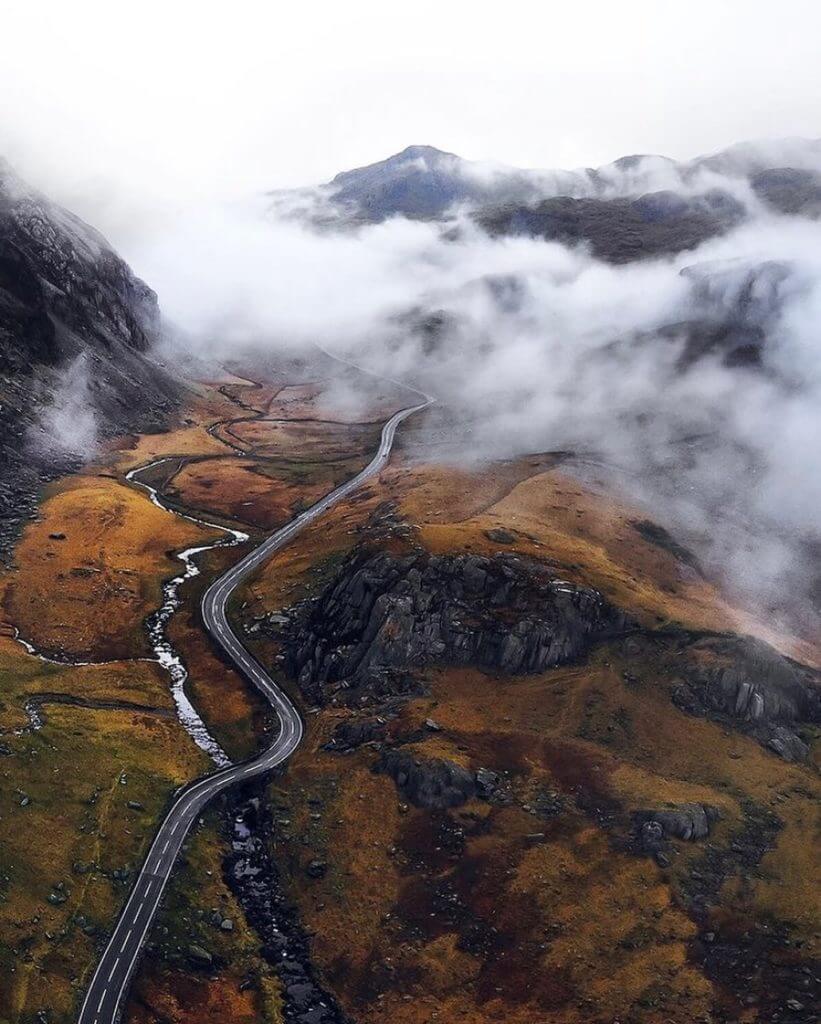
Snowdonia, a unique National Park
What to expect
Snowdonia is a magnificent national park, one of Wales’s jewels. It is located in the north-west and is home to Snowdon, one of the highest peaks in the United Kingdom.
It was created in 1951 and is to Wales what the Lake District is to England.
The park area is around 2,000km2 and counts 13 other mountains with an altitude of over 1,000m. Snowdonia is a real paradise for outdoor fanatics. It is one of the most popular destinations in the United Kingdom for hiking and climbing. If you want to enjoy the breathtaking views, without walking, you can take the Snowdon Mountain Railway. The rugged landscapes are loaded with stories and legends, including the legend of King Arthur.
Mountain ranges
Snowdon range is composed of Snowdon Crib y Ddysgl, Crib Goch and Y Lliwedd.
Glyders and Tryfan. The two Glyders (Fach and Fawr) and Tryfan are the most spectacular ones, but the group of mountains also includes Y Garn and Elidyr Fawr.
Carnedds is the mountain in the northernmost range and includes Carnedd Llewellyn, Carnedd Dafydd, Pen yr Ole Wen, and Yr Elen.
Moelwyns is a mountain range located near Blaenau Ffestiniog. Cnicht is sometimes compared to the “Welsh Matterhorn” because of its shape despite its low elevation.
Nantlle Ridge and Moel Hebog are located to the west, separating Snowdonia from Lleyn.
Rhinogs. Heather is everywhere and sometimes makes walking difficult.
Arans and Arenigs are less popular and located between Dolgellau and Bala.
Cadair Idris is located in the south of the park. It is a bit greener and less rough than the northern mountains.
Others of the highest mountains in Wales
Wales has more than 180 mountains. Fourteen of the highest peaks are over 3,000ft and are collectively referred to as the “Welsh 3,000s”. They form a beautiful alpine environment and are protected by the National Trust.
We’ve selected the top 10, where we excluded the “mountains” that are no more than bumps. We excluded mountains that do not enjoy a significant drop. We put the cursor at 150m / 492ft, which means you will always have to climb at least 150m to climb the mountain from any direction.
2 | Carnedd Llewelyn
Carnedd Llewelyn is a mountain in the Snowdonia range. At 3,491ft / 1,064m, it is the second-highest mountain in Wales. It is said that Carnedd Llewelyn and its neighbour Carnedd Dafydd took their name from Llywelyn ap Gruffudd and his brother Dafydd ap Gruffudd, the last prince of independent Wales.
Carnedd Llewelyn has a flat summit. The cliffs, particularly Ysgolion Duon (meaning black ladder) and Craig yr Ysfa are popular climbing spots. The highest lake in Wales is on the slopes of Carnedd Llewelyn.
One of the great walks on Carnedd Llewelyn is the High Carneddau from Llyn Ogwen.
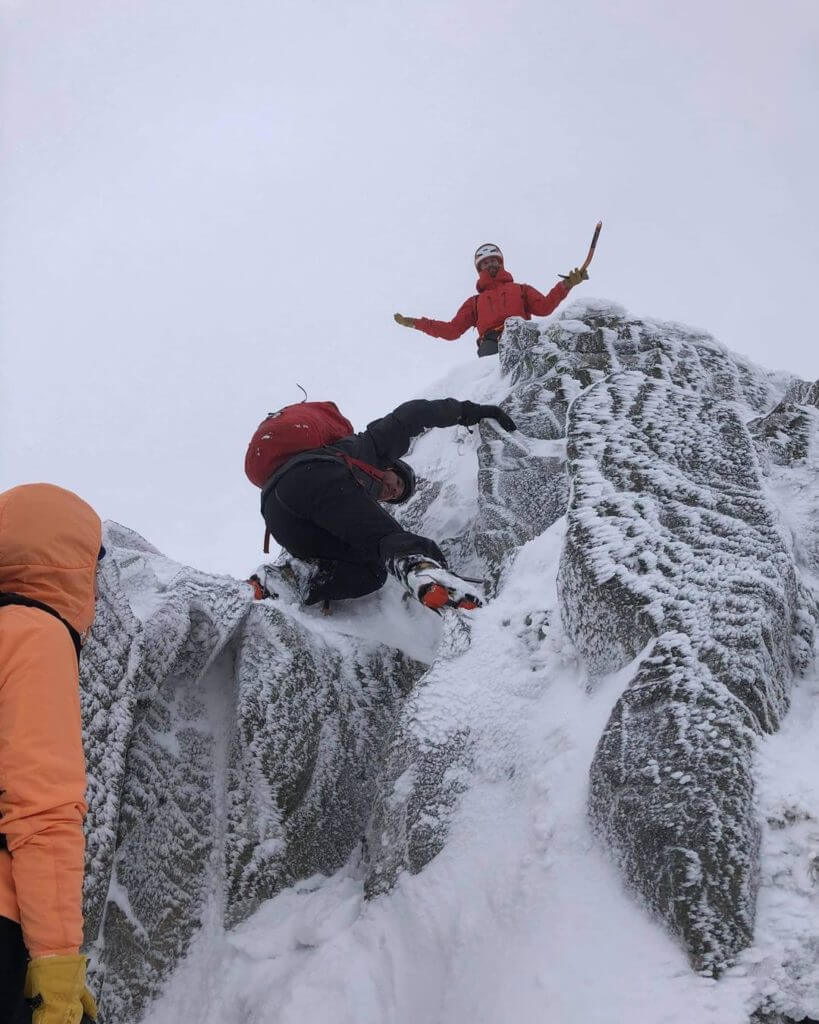
credits: @emjones_00 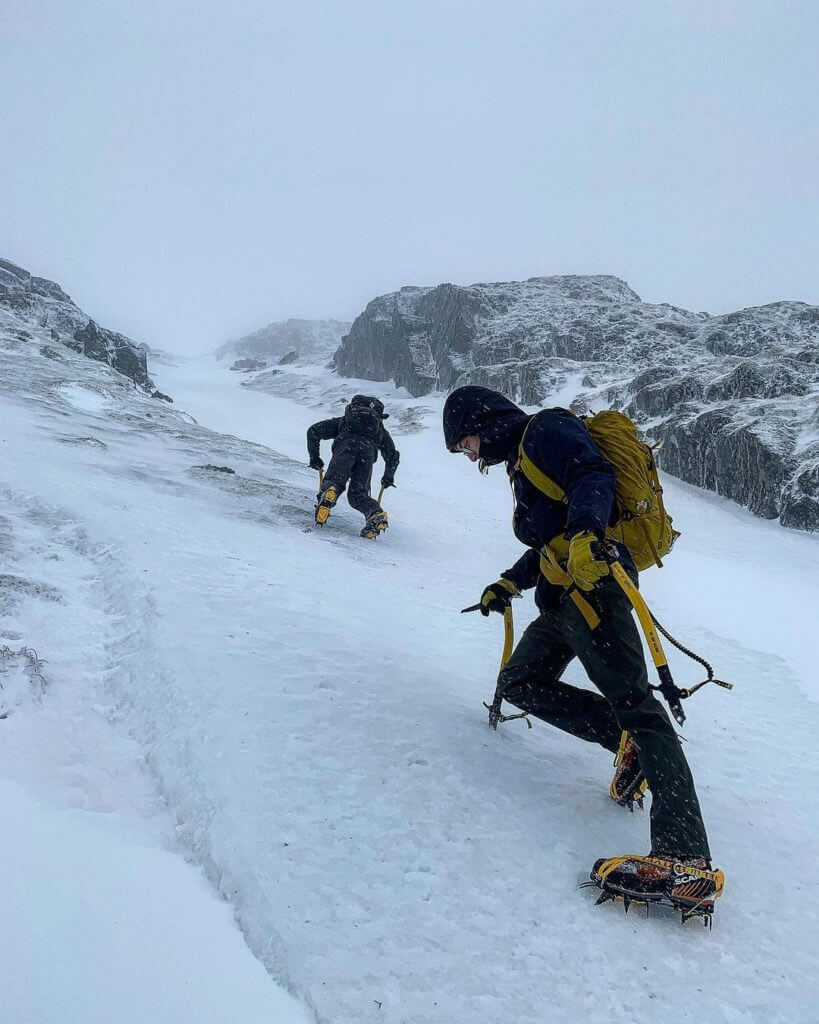
credits: @willhardy19
3 | Glyder Fawr
Glyder Fawr is another mountain in Snowdonia. At 3,278ft / 999m, it’s the fifth-highest mountain in Wales. The Glyderau range, where Glyder Fawr is, is said to have been formed some 500m years ago.
Glyder Fawr belongs to Snowdonia National Park and is protected by the Welsh National Trust.
The best route is probably the 13km traverse over the main summits, which will give you the full experience of the location: Y Garn, Glyderau and Tryfan from Ogwen.
4 | Y Garn – Glydereau
Y Garn belongs to the Glyderau in Snowdonia and is 3,107ft / 947m high. Y Garn is an exciting spot for alpinists because of its rugged terrain.
The climb to the top starts at Idwal Cottage. It then goes to the magnificent shores of the lake Llyn Idwal.
The mountain offers breathtaking views and a small hut/chalet where climbers can stay. The same walk proposed before applies: Y Garn, Glyderau and Tryfan from Ogwen.
5 | Elidir Fawr (924 metres) – Glyderau
Going to Elidir Fawr will allow you to connect with wild and empty spaces. It is indeed a bit outside of where most tourists go. You may need to look for your way as the paths may not be as clear as other more visited mountains in the region.
One recommended walk is the traverse of the entire Glyderau range from Dinorwic to Capel Curig.
6 | Tryfan (917 metres) Glyderau
Tryfan (917m / 3,002ft) is a mountain in Snowdonia, forming part of the Glyderau group. The exposure to steep drops is much less than Crib Goch making the North Ridge of Tryfan a better option if this will be your first experience of steep mountain hiking and scrambling. It is one of the most recognisable peaks in the region, with its classic pointed shape with rugged crags.
7 | Aran Fawddwy (905 metres) Aran Fawddwy
Aran Fawddwy is located in southern Snowdonia. It is the only peak in Wales outside North Snowdonia above 900m, and higher than anywhere in Great Britain outside Northern Snowdonia, the Scottish Highlands and the Lake District.
The mountain is less visited than others so you will be in more remote territories.
The walk will lead you to Aran Fawddwy from Rhydymain is considered to be pretty tricky. It is around 14.8km new Dolgellau.
8 | Y Lliwedd (898 metres) Snowdon Range
Y Lliwedd is 898m / 2,946ft and located in Snowdonia. The easter face is a cliff right above Glaslyn et Llyn Llydaw. It is one of the most remarkable summits of the region.
Hikers and alpinists often go to Y Lliwedd while doing the Snowdon horseshoe. George Mallory did many of his first ascents here.
9 | Cader Idris – Penygadair (893 metres) Cadair Idris
Cader Idris or Cadair Idris is located in the southern part of Snowdonia. It is the second most visited summit in Wales. One of the best walks has to be the Minffordd path that leaves Minffordd near the Talyllyn lake.
The mountain is also accessible from the village of Llanfihangel-y-Pennant in the Dysynni valley.
The legend tells that there are only three outcomes if you spend the night on Cadair Idris. You either die during the night, or you wake up crazy, or you wake up as a poet.
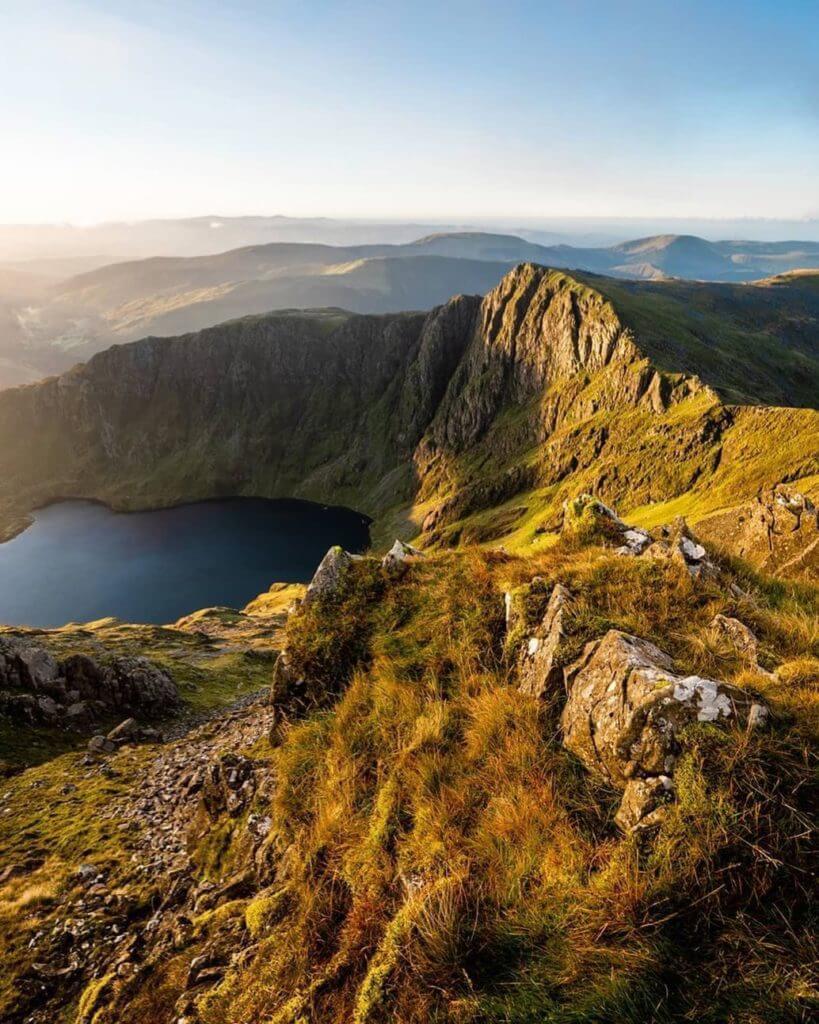
10 | Pen y Fan (886 metres) Brecon Beacons
At 886m / 2,907ft Pen y Fan is the highest summit in Wales outside of Snowdonia. You will have different options to climb Pen y Fan. We would recommend the Brecon Beacons horseshoe ridge walk, one of the most challenging ones.
11 | Moel Siabod (872 metres) Moelwynion
Going to the top of Moel Siabod is a 9.8km walk, located near Capel Curig and Betws-y-Coed. It is the highest peak in the Moelwynion mountain range. It has a 753m positive elevation and is considered to be complicated.
12 | Arenig Fawr (854 metres) Arenig
Arenig Fawr is a relatively isolated mountain in central Snowdonia. For that reason, it benefits from an unrivalled view of the entire Snowdonia Park. The best-suggested route is Arenig Fawr and Moel Llyfnant from Arenig.
13 | Cadair Berwyn (832 metres) Berwyn
Cadair Berwyn or Cader Berwyn is a mountain summit in north-east Wales with 832 metres (2,730 ft) above sea level. It is the highest point in the Berwyn range and the highest significant summit in Wales outside the National Parks.
Cadair Berwyn stands between Snowdon and the Wrekin and blocks their line-of-sight. The summit’s view on a clear day is extensive and includes Snowdon, Cadair Idris, Brecon Beacons, Shropshire Hills, Peak District, Yorkshire Dales, Lake District, and the Isle of Man.
A recommended walk would be Cadair Berwyn Walk from Llandrillo.
14 | Waun Fach (811 metres) Black Mountains
Waun Fach is, with a summit height of 811 metres (2,661 ft), the highest mountain in the Black Mountains in south-eastern Wales.
The hill is wholly within land mapped under the Countryside and Rights of Way Act 2000 as open country and hence is legally available to walkers despite no public rights of way leading to it.
Recommended walk: the Dragon’s Back And Waun Fach.
15 | Fan Brycheiniog – Twr y Fan Foel (802 metres) Brecon Beacons
Fan Brycheiniog is the highest peak at the height of 802.5 metres (2,633 ft) (above sea level) in the Black Mountain (Y Mynydd Du) region of the Brecon Beacons National Park in southern Wales.
16 | Pen Llithrig y Wrach (799 metres) Carneddau
Pen Llithrig y Wrach is a mountain peak in Snowdonia, North Wales. It is one of the four Marilyns that make up the Carneddau range. To the east is Creigiau Gleision, another Marilyn, while to the west is Pen yr Helgi Du and Carnedd Llewelyn. Craig Eigiau and Llyn Eigiau can be seen to the north, while Gallt yr Ogof, Glyder Fach and Tryfan can be viewed to the south.
17 | Moel Hebog (783 metres) Eifionydd
Moel Hebog (Welsh for Bare Hill of the Hawk) is a mountain in Snowdonia, North Wales which dominates the view west from the village of Beddgelert. It gives name to a whole range of peaks in the north-western corner of Snowdonia, which includes the Nantlle Ridge and Mynydd Mawr.
From that side, Moel Hebog has a rocky face with a distinctive pointed summit, although from other sides, it appears more rounded. The exposed rock means that geology students often visit it – much of the mountain consists of welded, fiamme rich rhyolitic tuff.
It is often climbed from Beddgelert, and it can be combined with the nearby mountains of Moel yr Ogof and Moel Lefn for a longer walk. This route, however, does involve some easy scrambling.
Moel Hebog Circular Walk is one of the best walks in the area.
18 | Glasgwm (779 metres) Aran Fawddwy
Glasgwm is a mountain in Gwynedd, Wales forming part of the Aran range in southern Snowdonia. It is one of the three Marilyns that make up the range, the others being Aran Fawddwy and Esgeiriau Gwynion. It is 779 metres (2,556 ft) high.
Glasgwm is one of the least known hills on this list, but the only one that boasts a lake on the summit. Ideally ascended as part of a walk-up Aran Fawddwy from Dinas Mawddwy.
19 | Moelwyn Mawr (770 metres) Moelwynion
Moelwyn Mawr is a mountain in Snowdonia, North Wales and forms part of the Moelwynion. Its summit overlooks the Vale of Ffestiniog and has views in all directions.
20 | Waun Rydd (769 metres) Brecon Beacons
Waun Rydd is a mountain in the Brecon Beacons National Park, in southern Powys, Wales. Its height is 769m (2,523 ft), and it tops a large boggy plateau rising to the east of Pen y Fan.
The hill takes the form of a plateau with sharp rims on several sides. To the northeast is Craig Pwllfa overlooking Cwm Banw whilst Craig y Fan looks east over Cwm Tarthwynni. To the south is the edge known as Cwar y Gigfran which translates into English as ‘quarry of the crow’. It marks the top of a sizeable land-slipped area extending to the stream of Blaen y Glyn below.
21 | Y Llethr (756 metres) Rhinogydd
Y Llethr is the highest mountain in the Rhinogydd range of Snowdonia, in North Wales. The summit consists of a flat grassy top marked only by a small cairn. The summit is more in keeping with its southern flanks than its rugged northern approach.
Y Llethr is best as part of the entire traverse of the Rhinogydd, where you will be able to set for some wild camping on the way.
22 | Pumlumon Fawr (752 metres) Pumlumon
Plynlimon is the highest point of the Cambrian Mountains in Wales (taking the more restricted definition of the Cambrian Mountains, excluding Snowdonia and the Brecon Beacons), and the highest point in Mid Wales. It is a massif that dominates the surrounding countryside and is the highest point (county top) of Ceredigion (both the modern council area, and the historic county, also known as Cardiganshire).
The highest point of the massif itself is Pen Pumlumon Fawr, 752 metres (2,467 ft). Its other important peaks are Pen Pumlumon Arwystli, Y Garn, Pen Pumlumon Llygad-bychan and Pumlumon Fach.
The circular walk located near Aberystwyth, Ceredigion offers scenic views and is only recommended for very experienced adventurers.
23 | Moel Llyfnant (751 metres) Arenig
Moel Llyfnant is a mountain in the southern portion of the Snowdonia National Park in Gwynedd, Wales. It is a peak in the Arenig mountain range, which lies to the west of Arenig Fawr. It has one notable top, the twin-peaked Gallt y Daren, at the end of its west ridge.
24 | Yr Aran (747 metres) Snowdon Range
Yr Aran is a mountain peak on a ridge radiating south from Snowdon, Wales’ highest mountain, with beautiful views of the summit of Snowdon, Moel Hebog and the Nantlle Ridge.
Although no paths are marked on maps, the ascent is easily made as a detour from the Rhyd Ddu path or the Watkin Path up Snowdon.
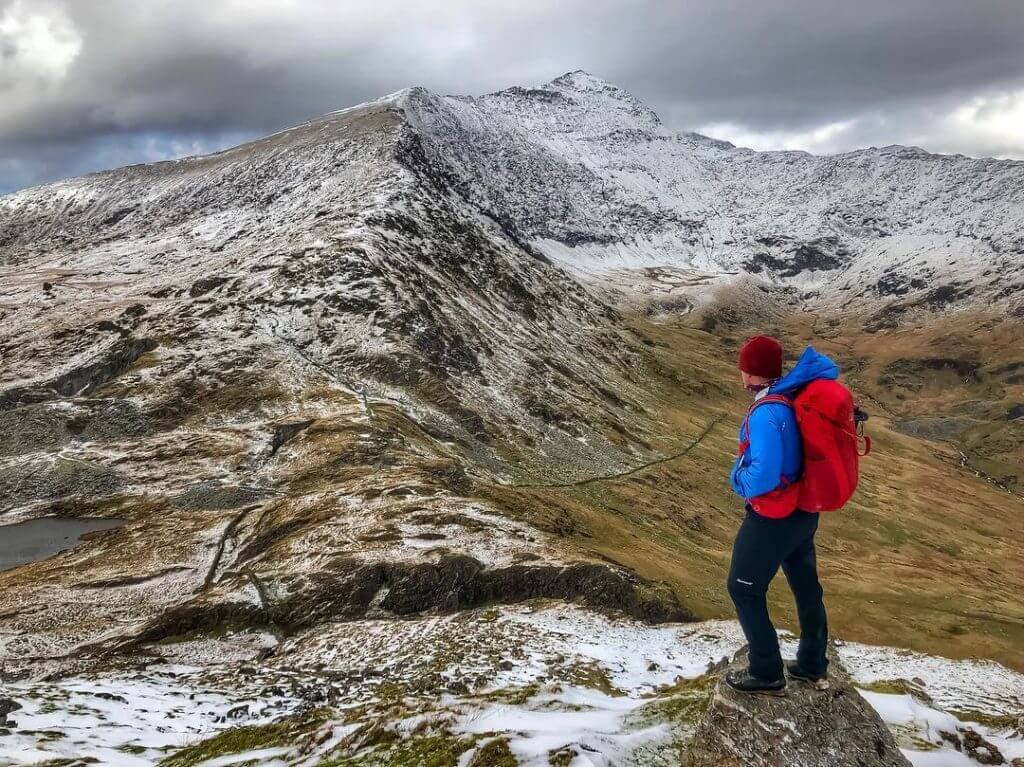
25 | Craig Cwm Silyn (734 metres) Eifionnydd
Craig Cwm Silyn is a mountain in Snowdonia, North Wales which forms the highest point on the celebrated Nantlle Ridge.
The steep northern face is popular with climbers. To the west, the Nantlle Ridge continues over Garnedd Goch and ends at Mynydd Graig Goch. To the east, the Ridge dips down to 515m before rising to Mynydd Tal-y-mignedd, Trum y Ddysgl, Mynydd Drws-y-coed and ending at Y Garn in Nantlle. The views are extensive, offering a 360-degree panorama.

